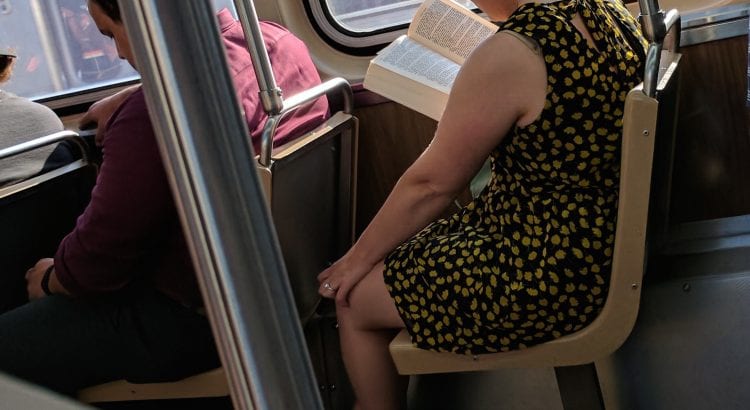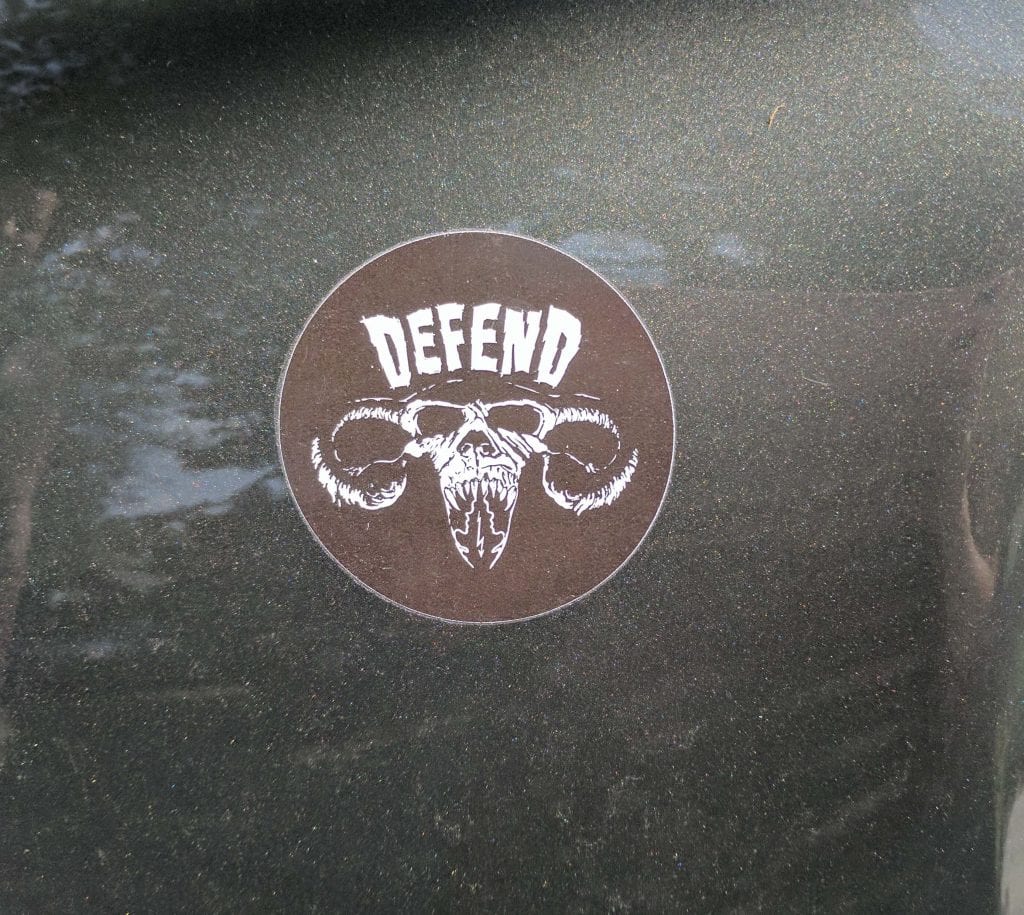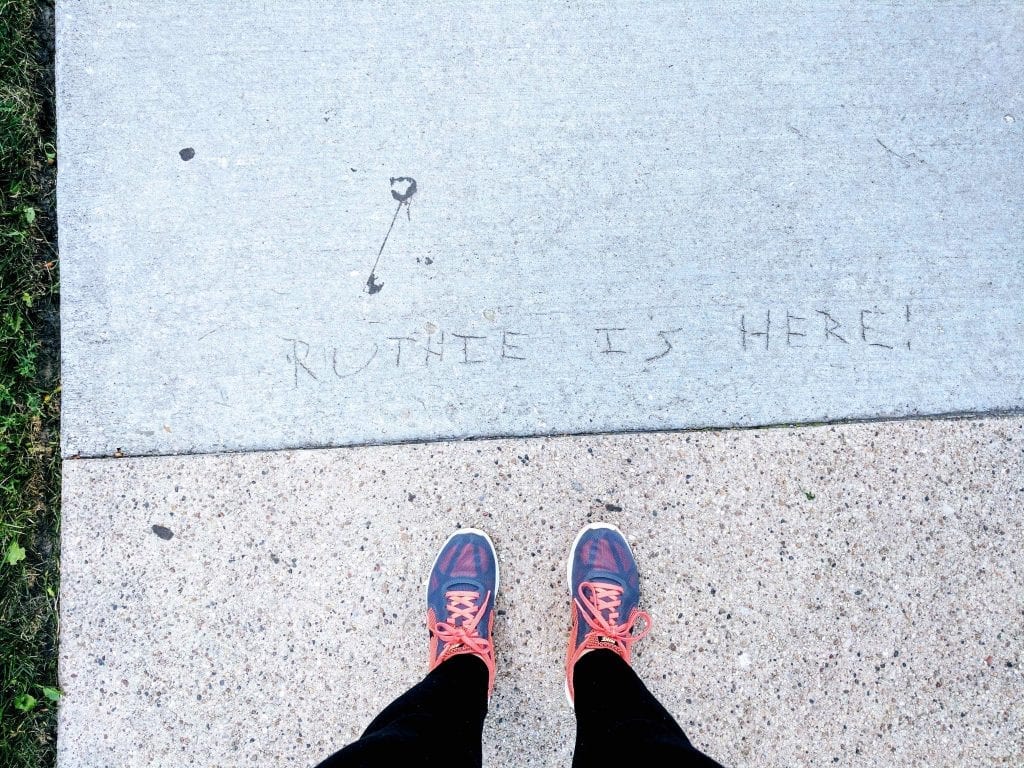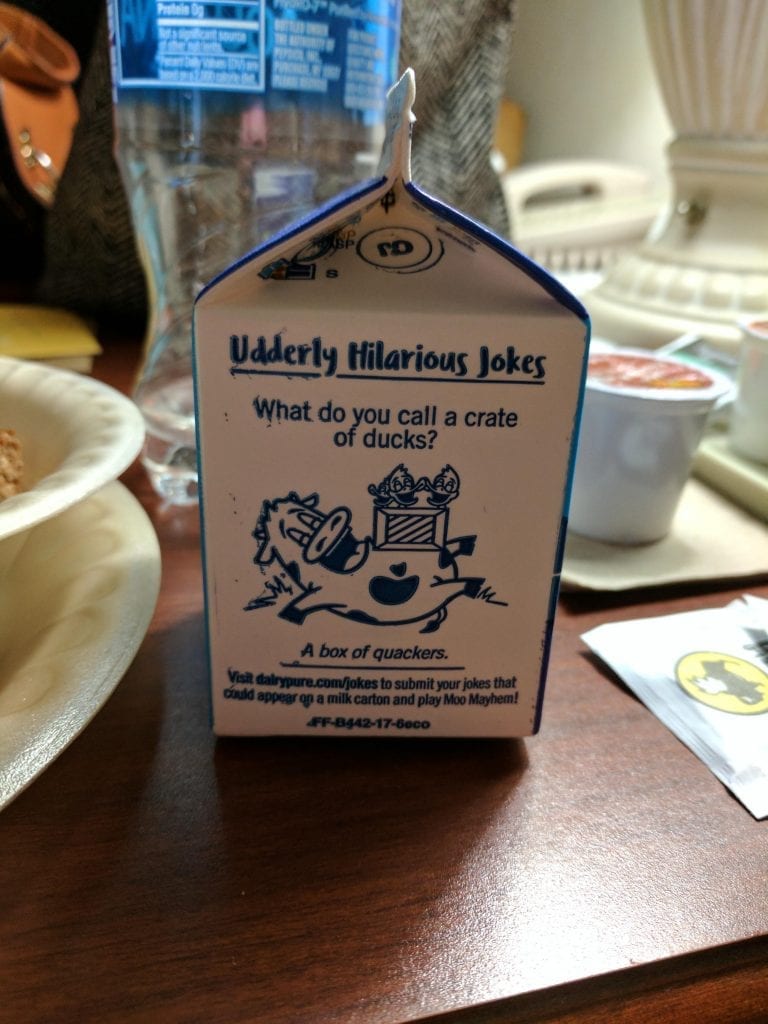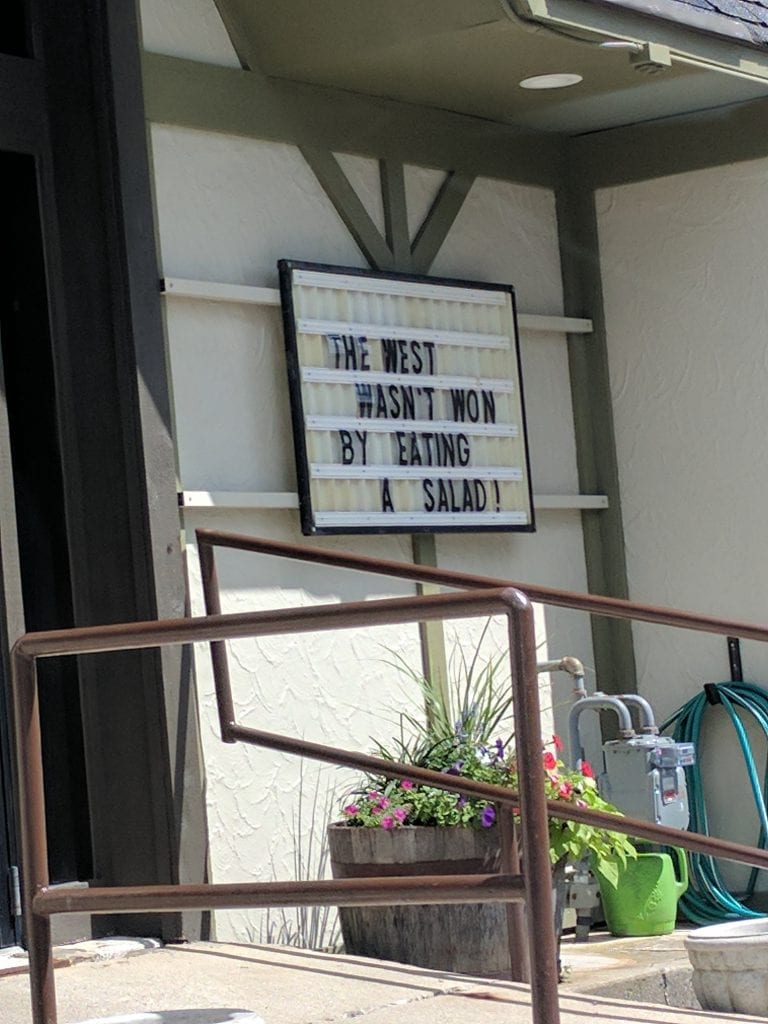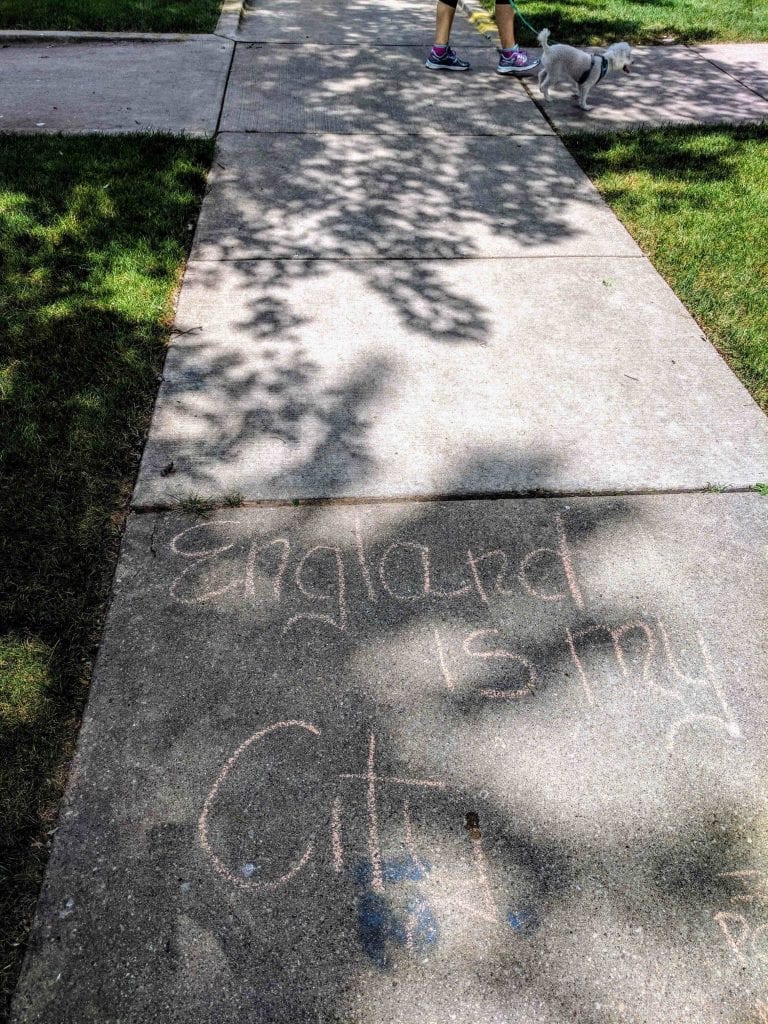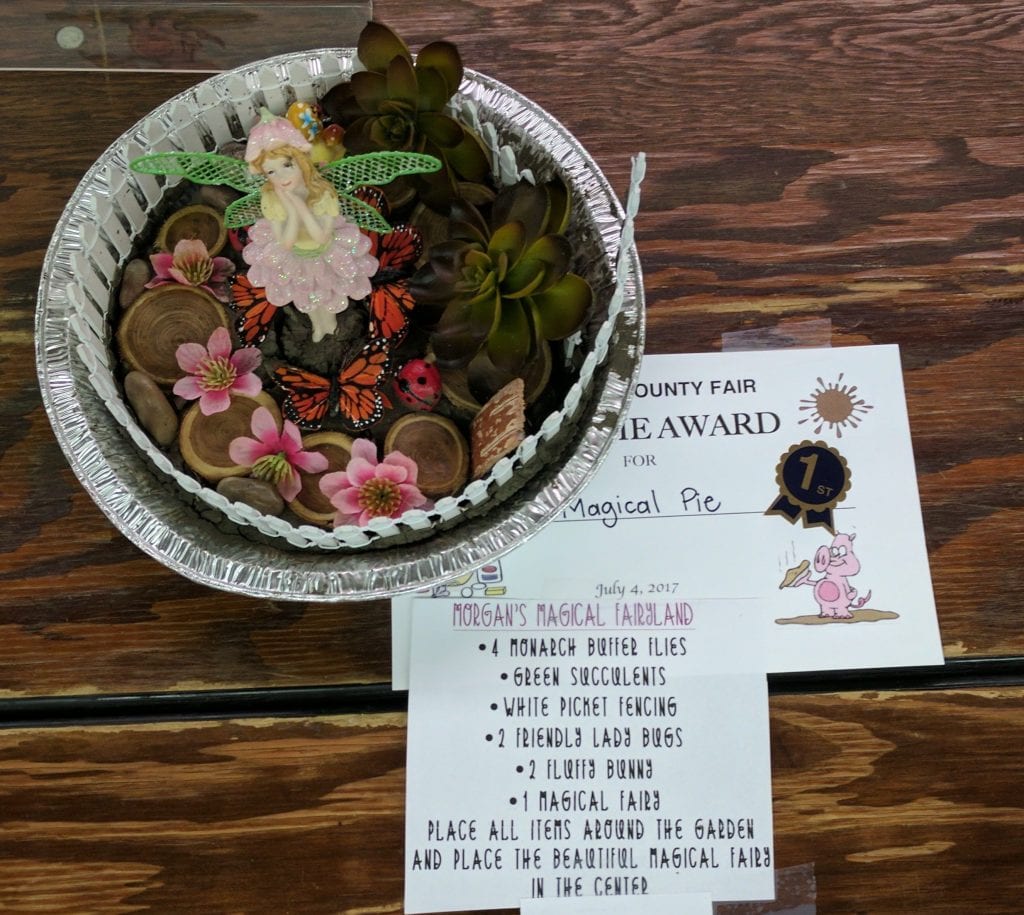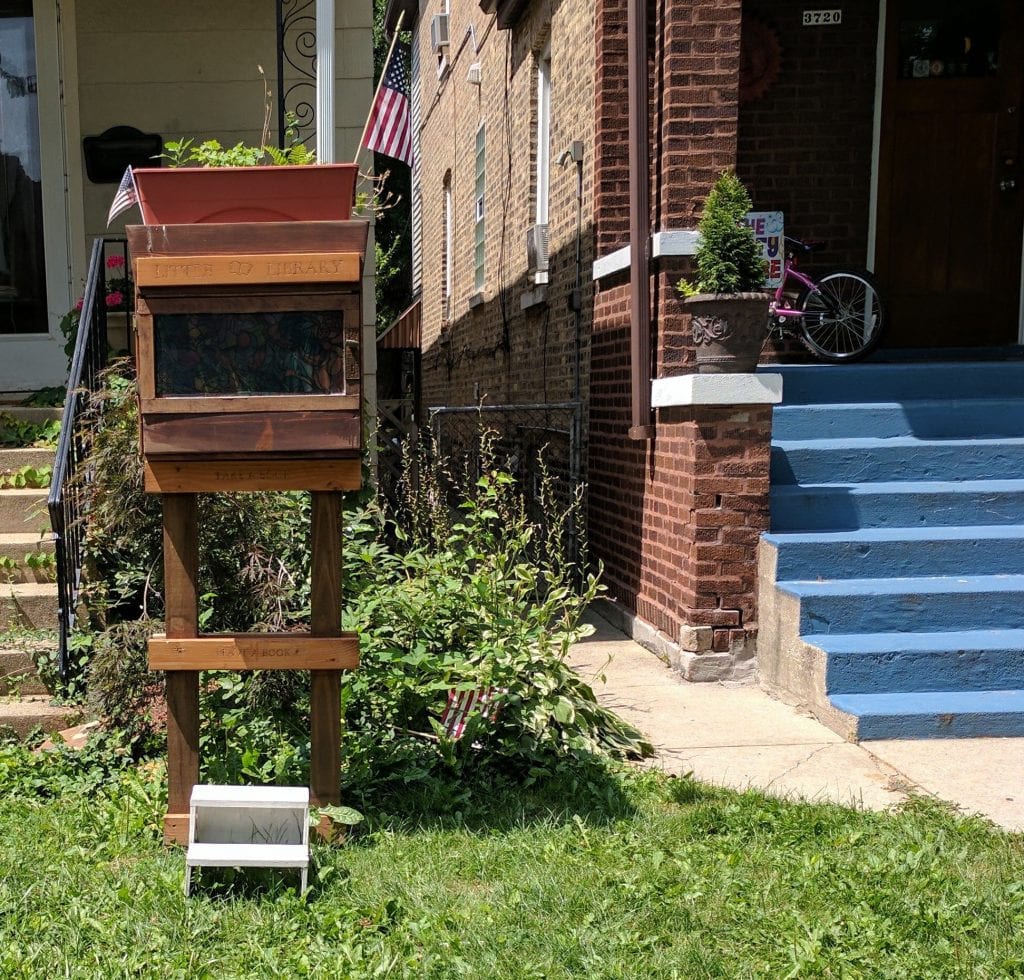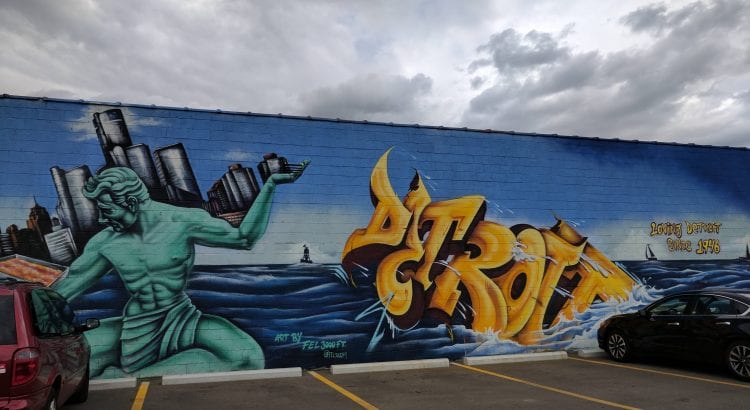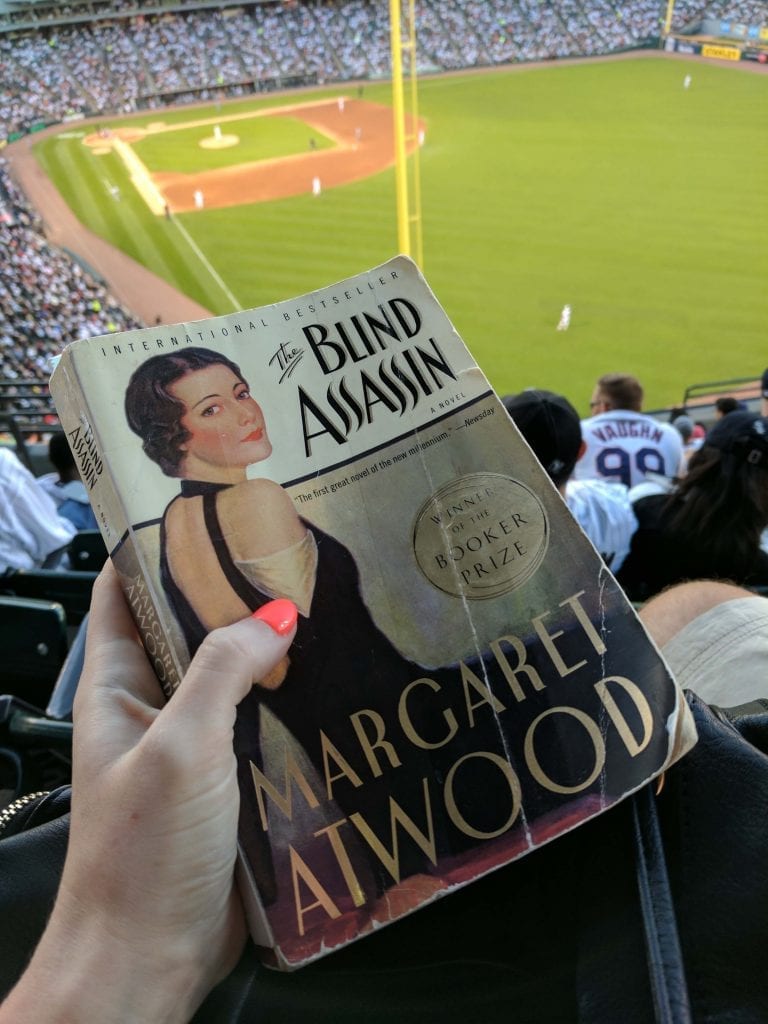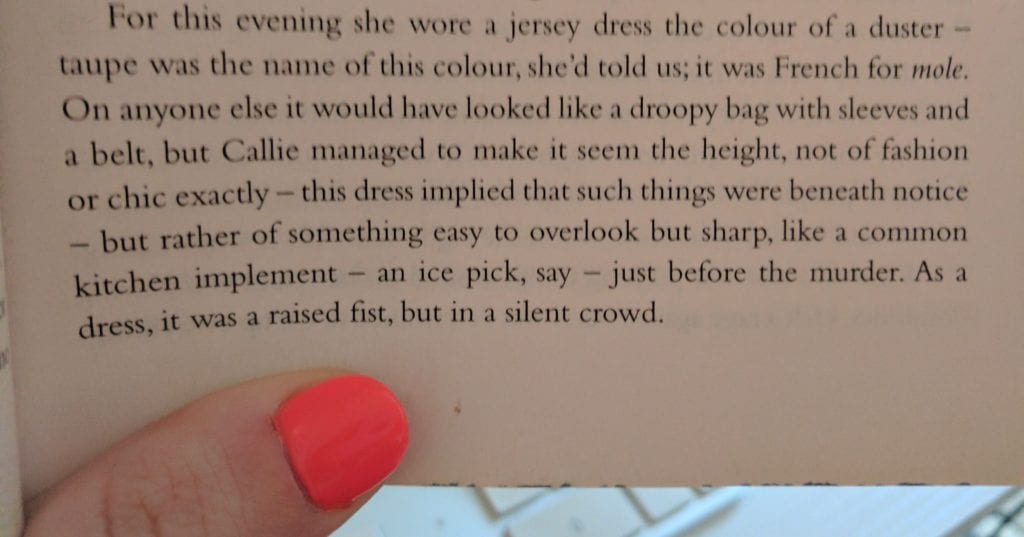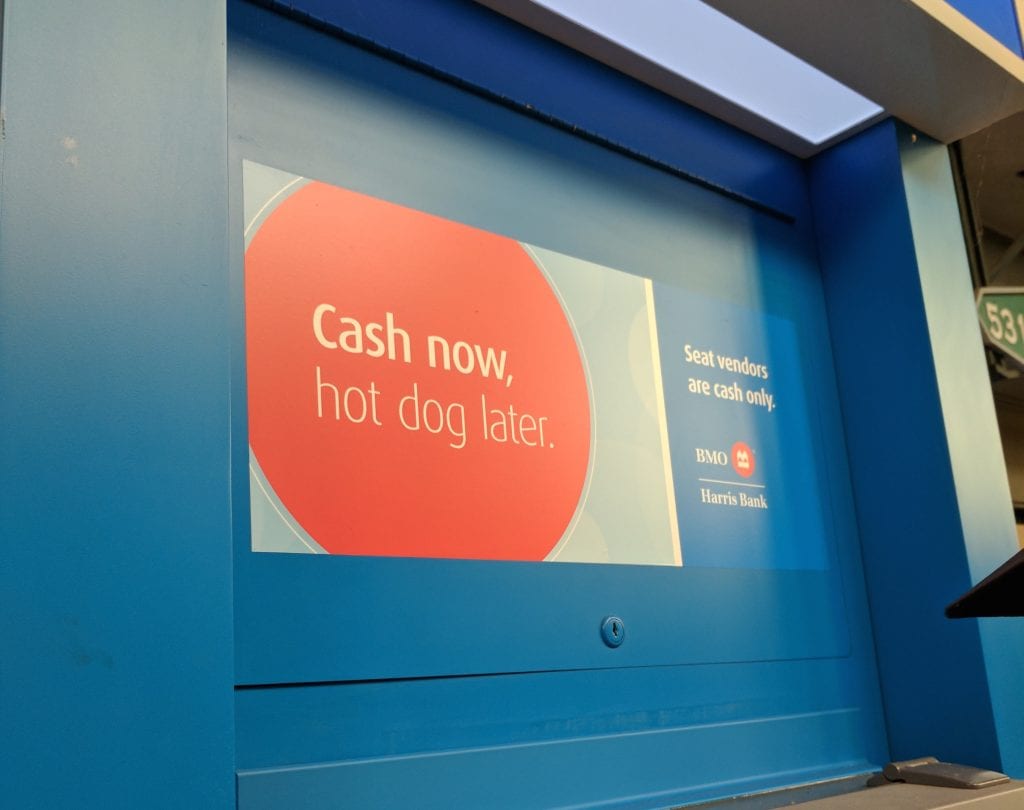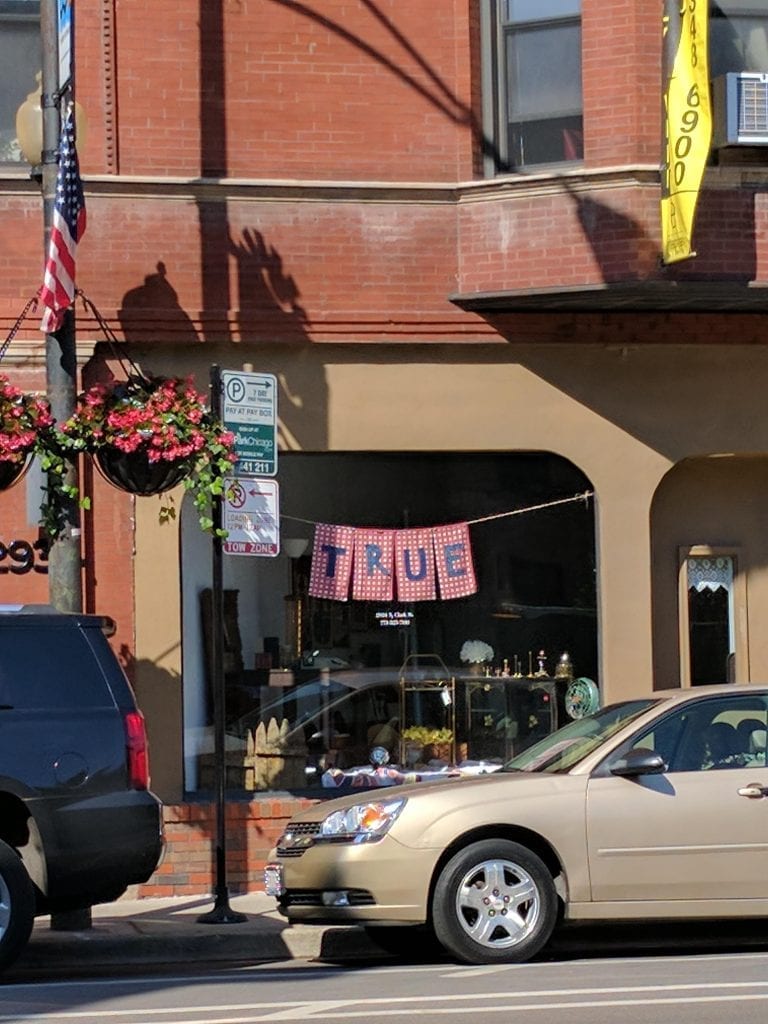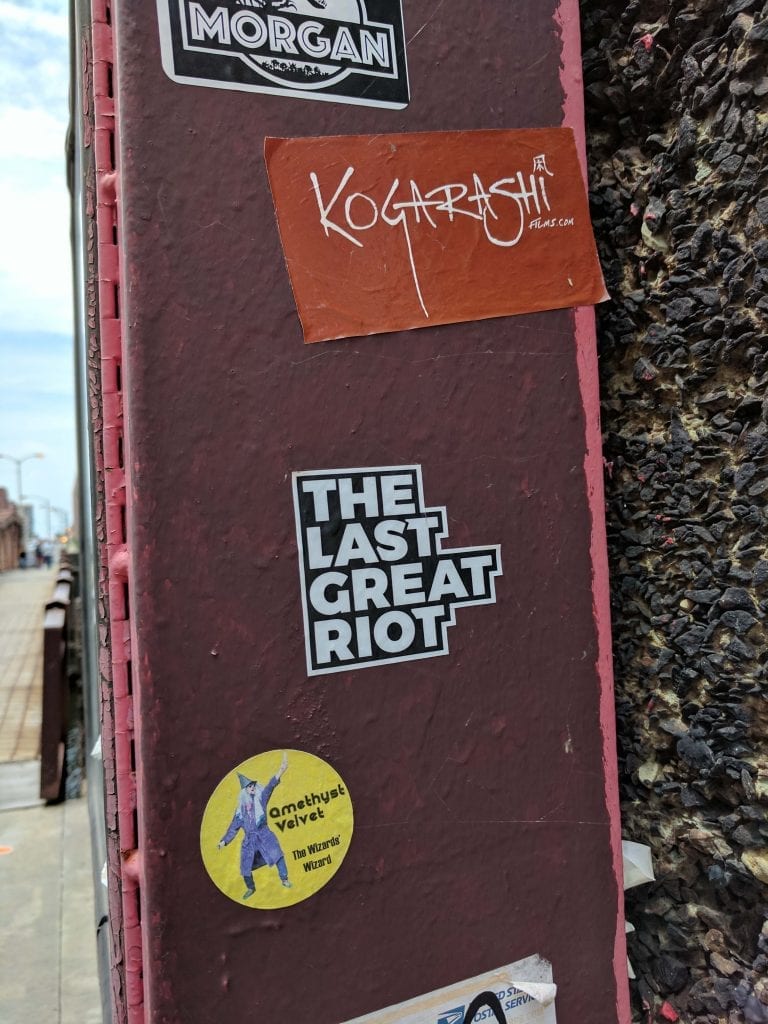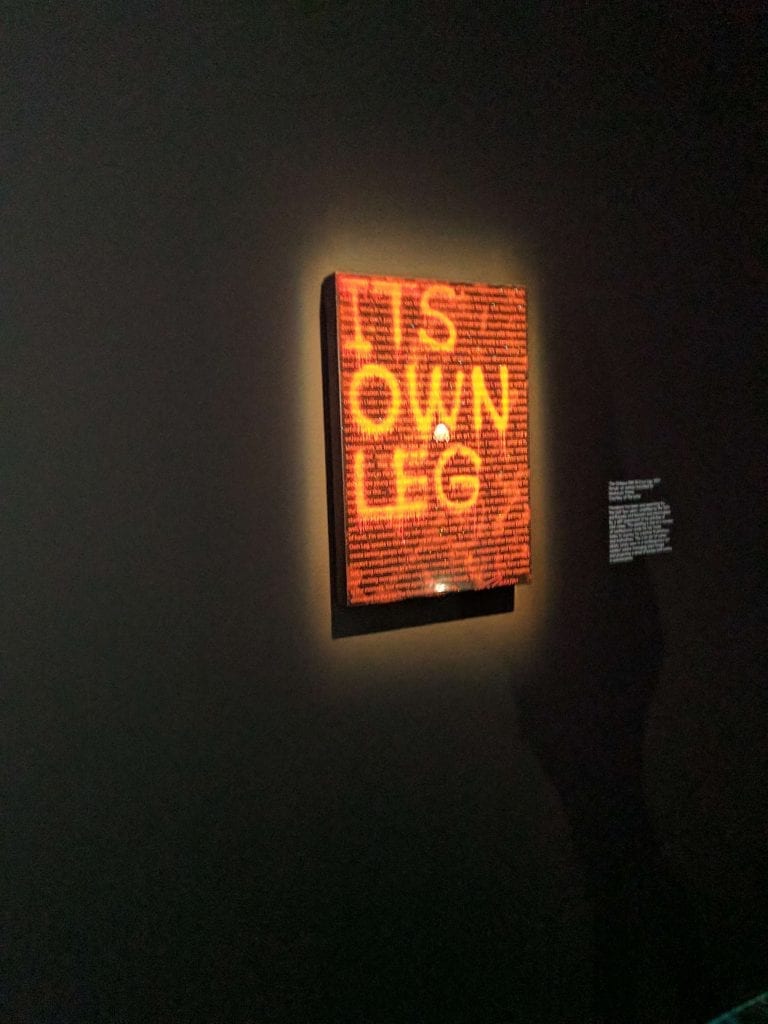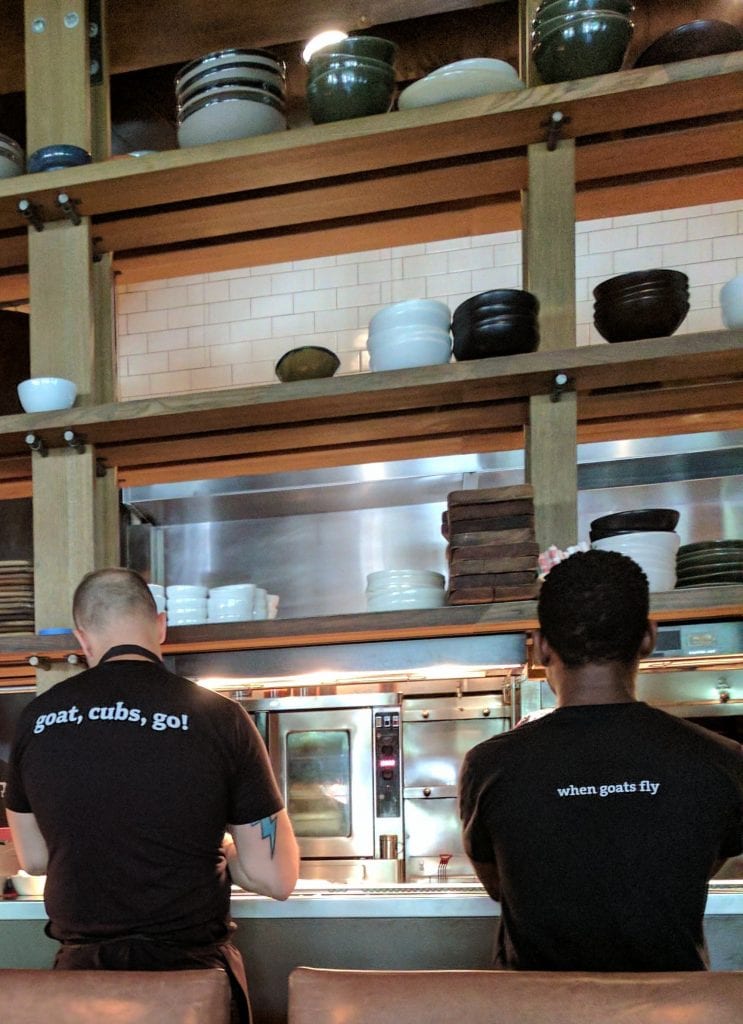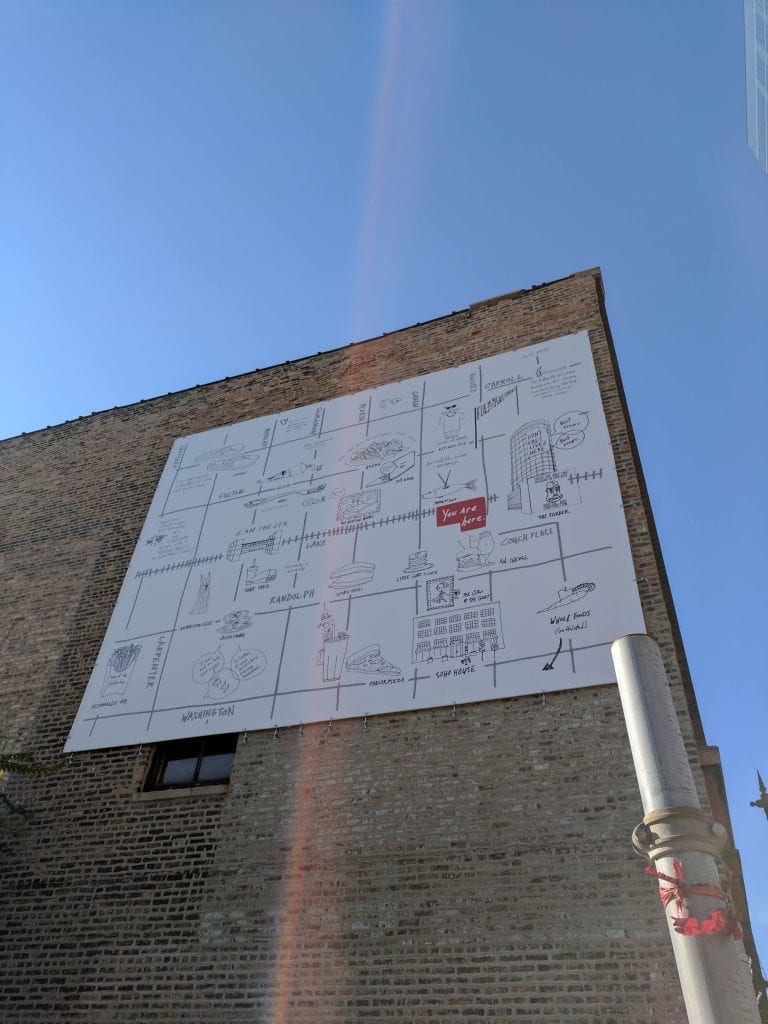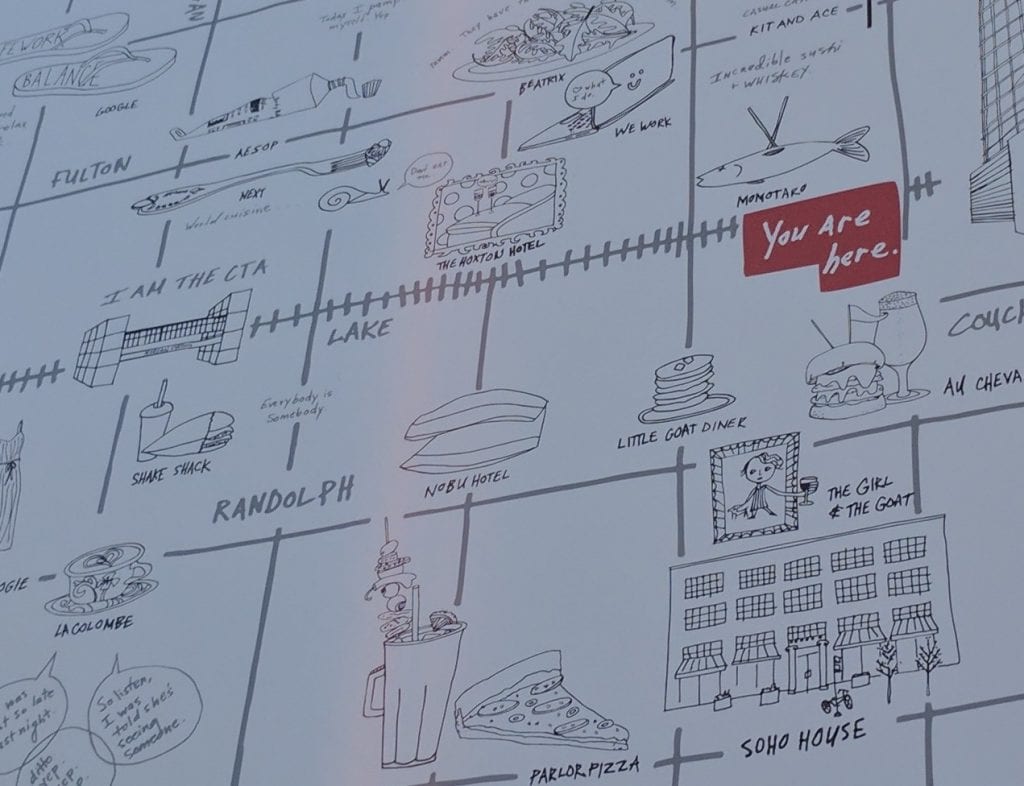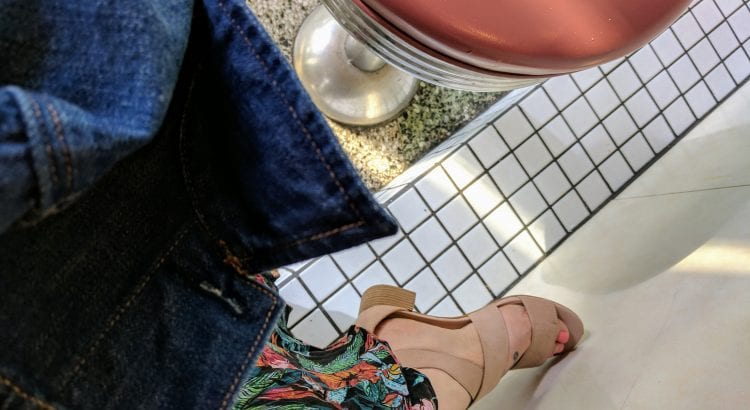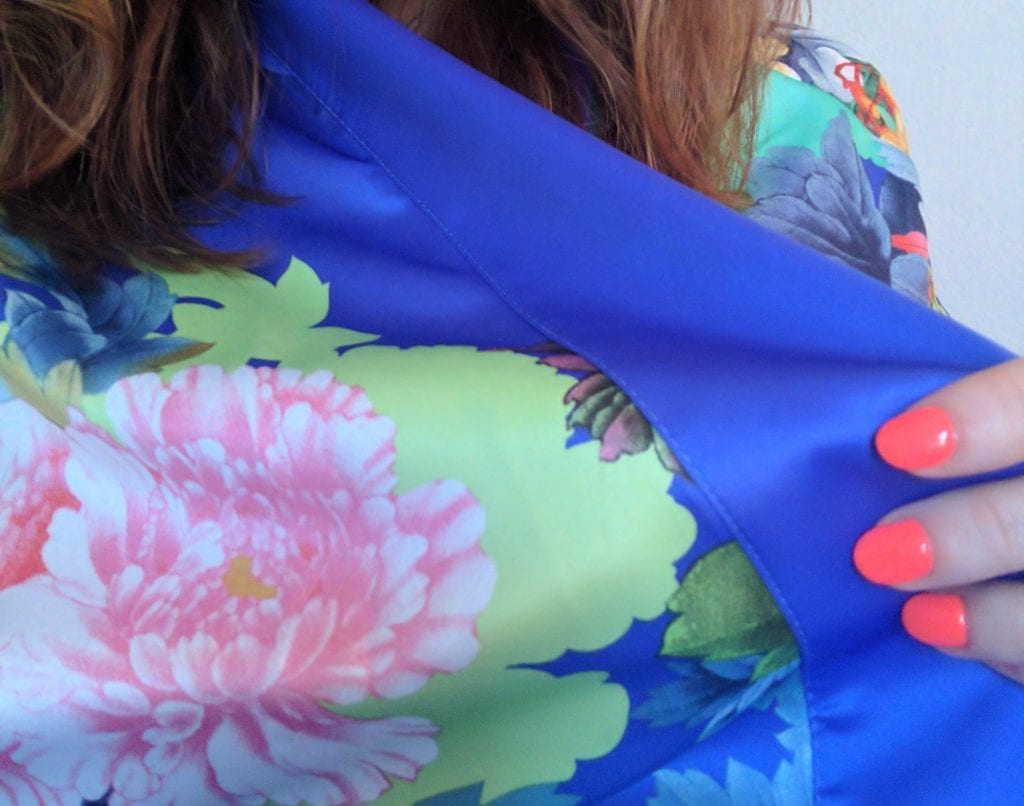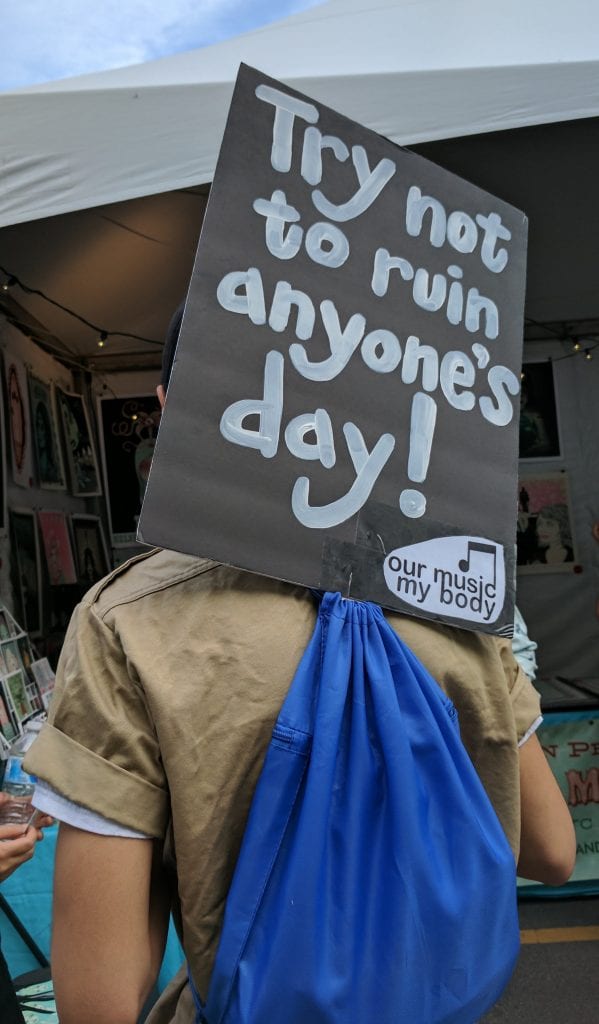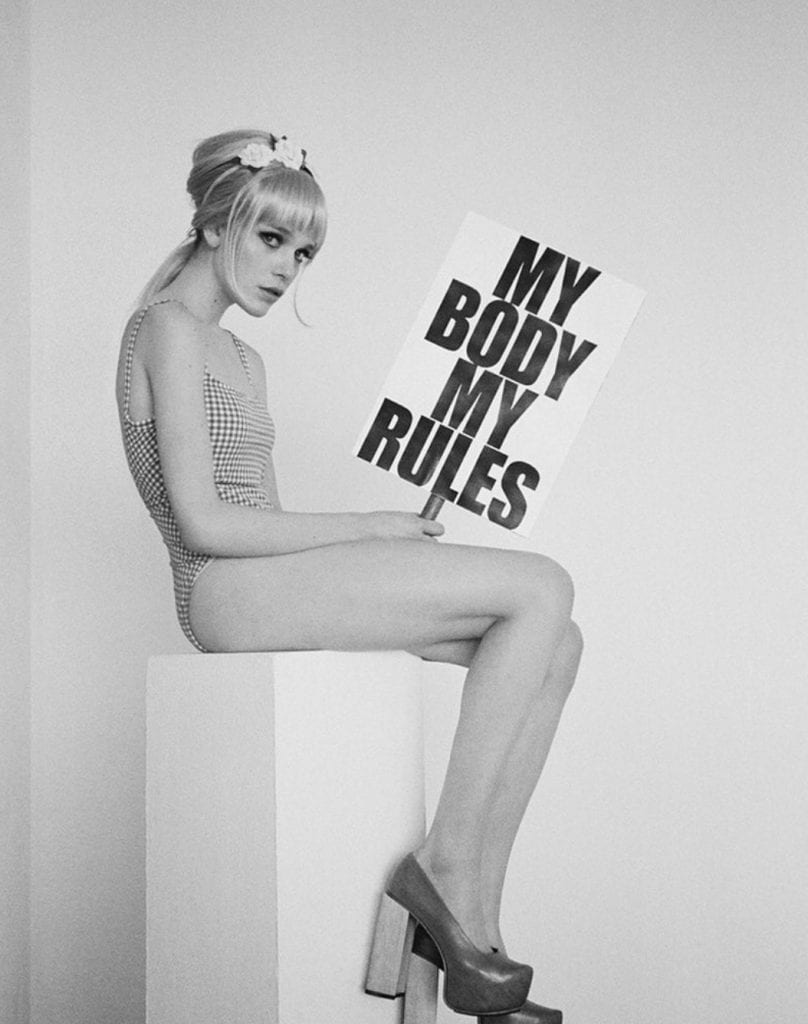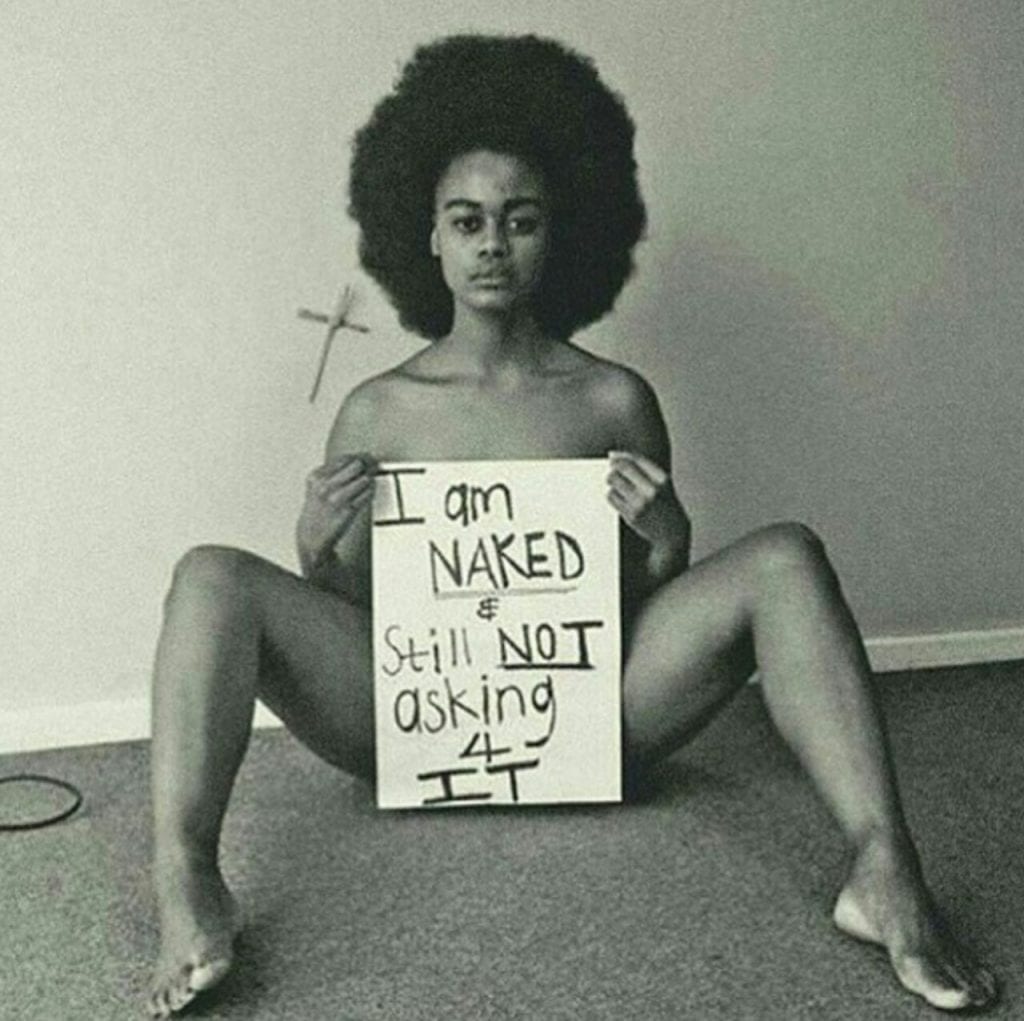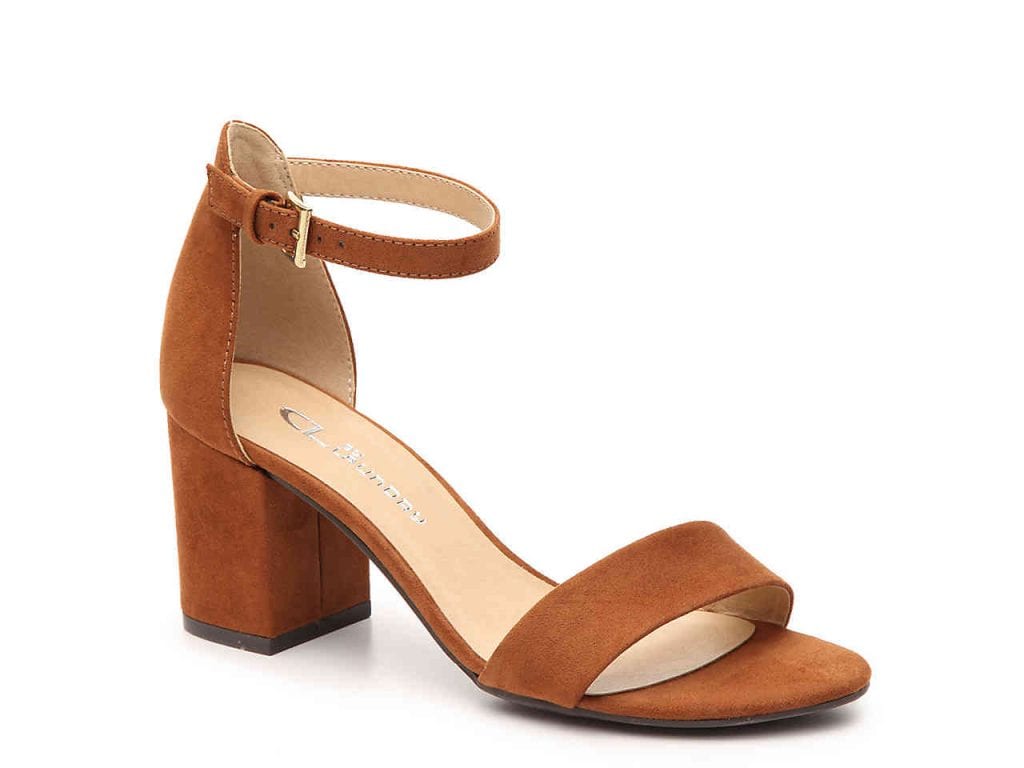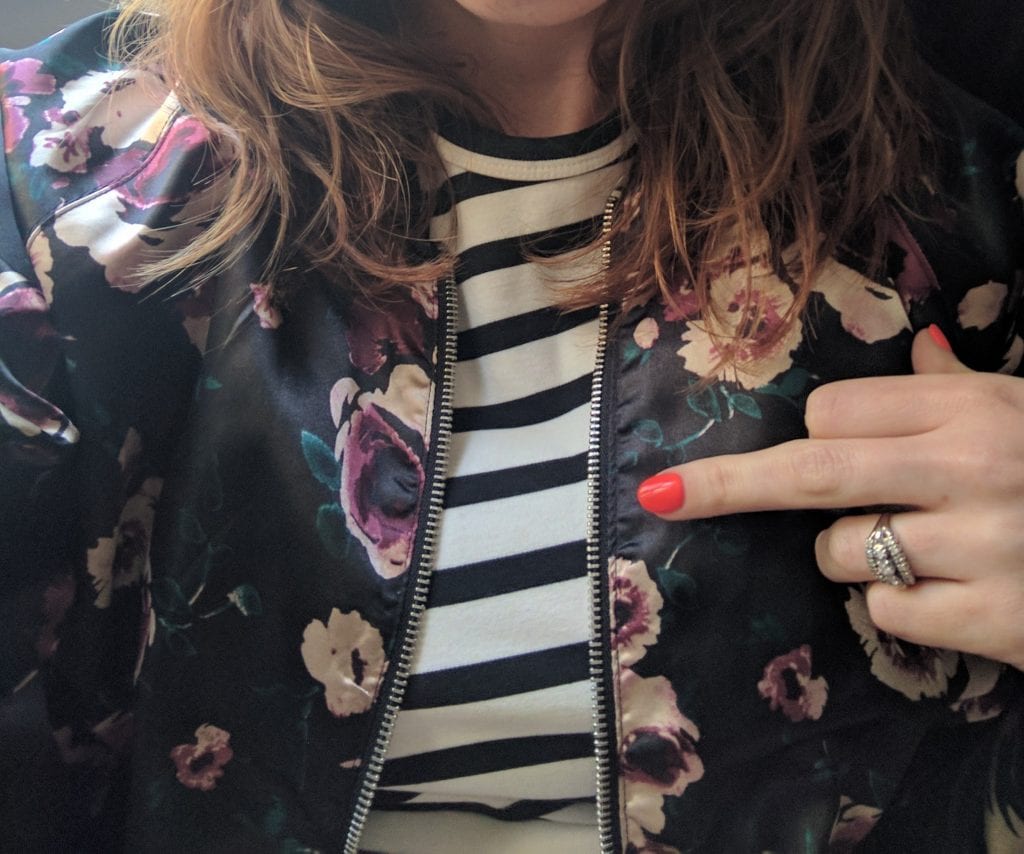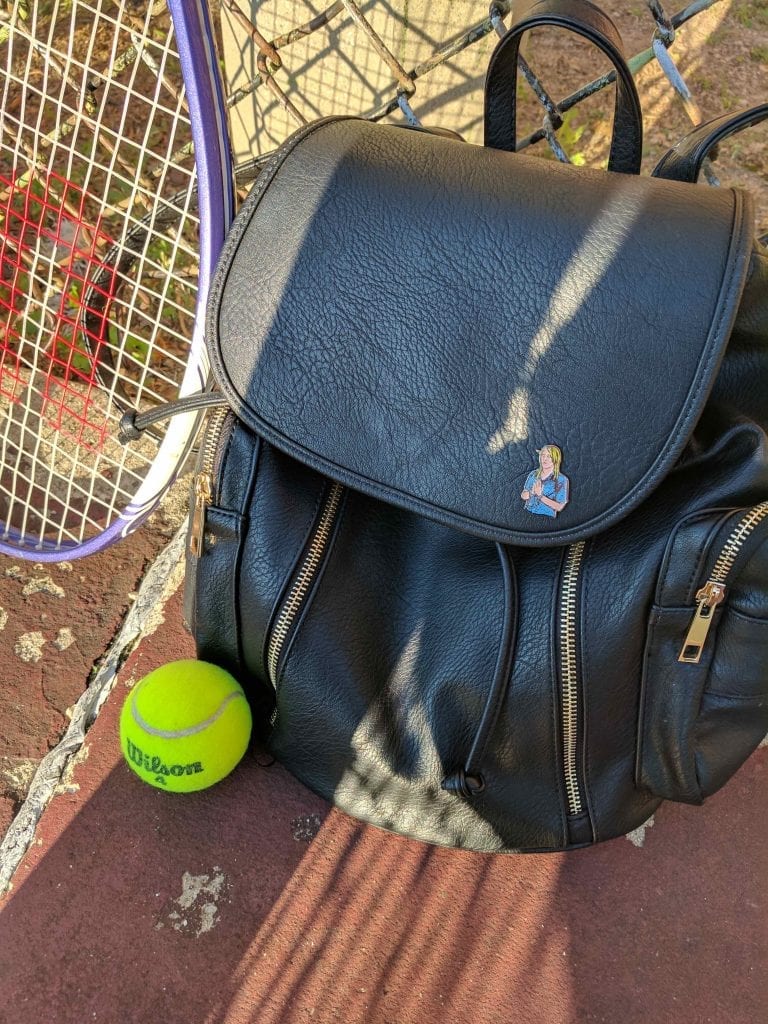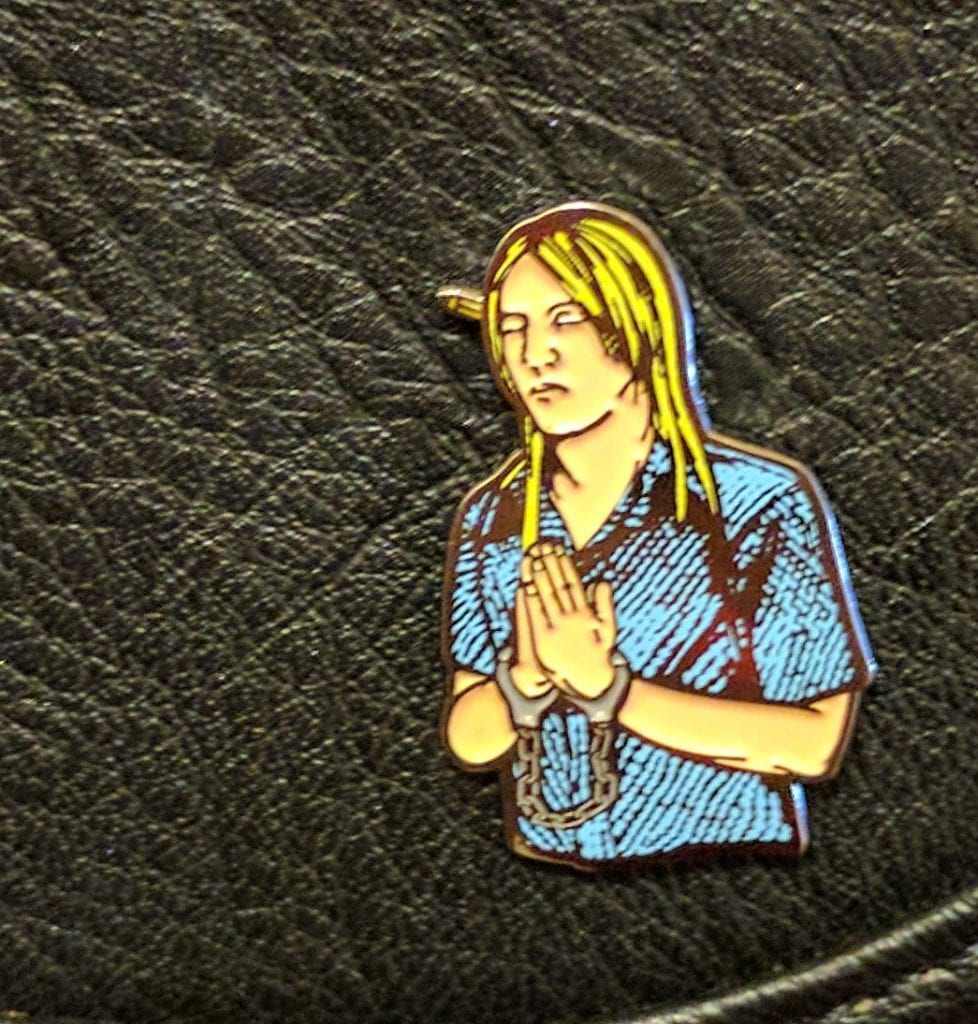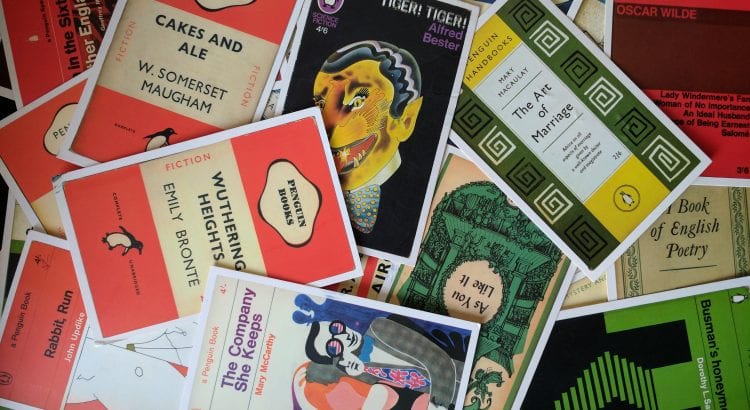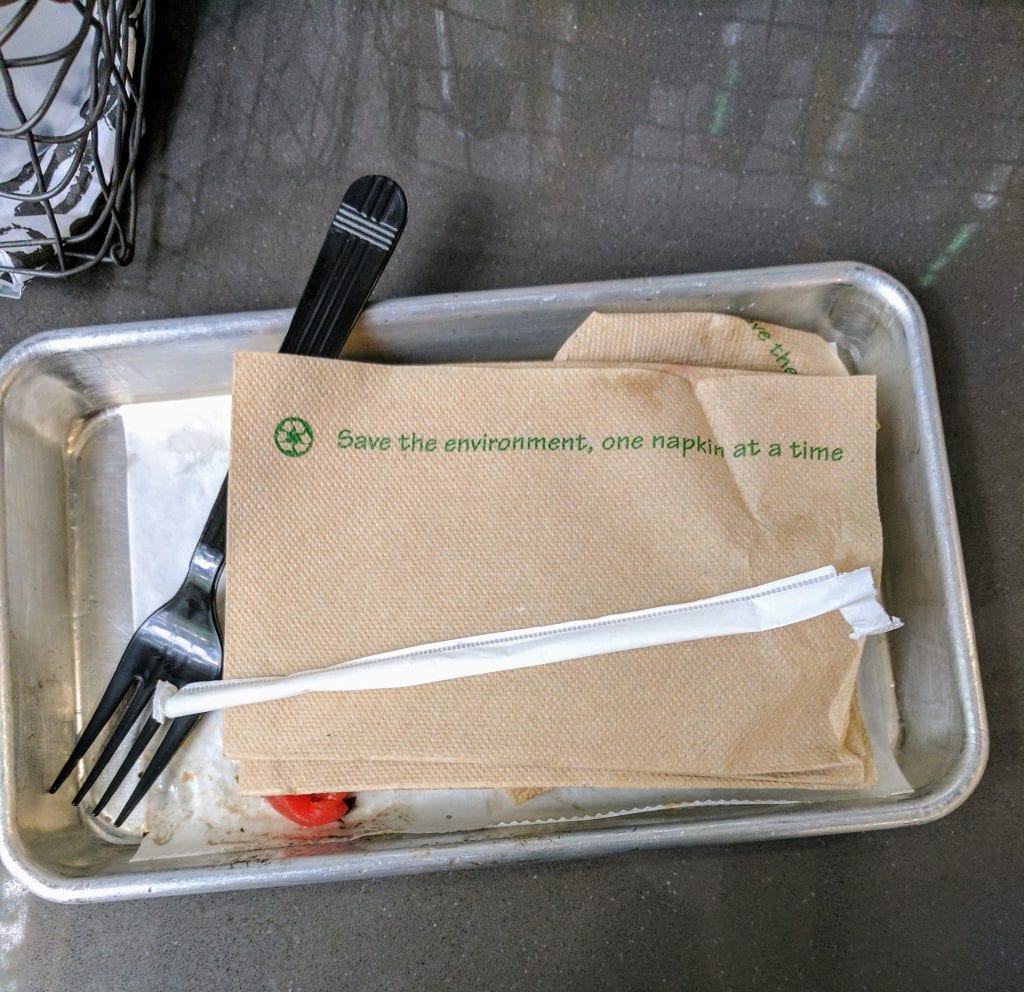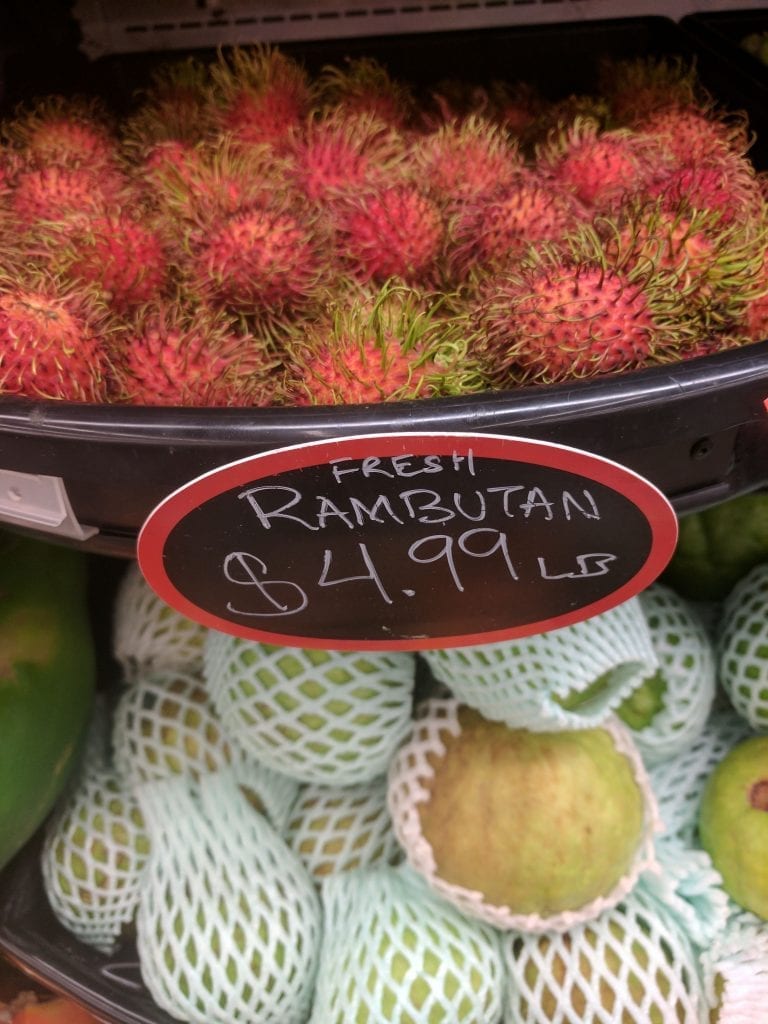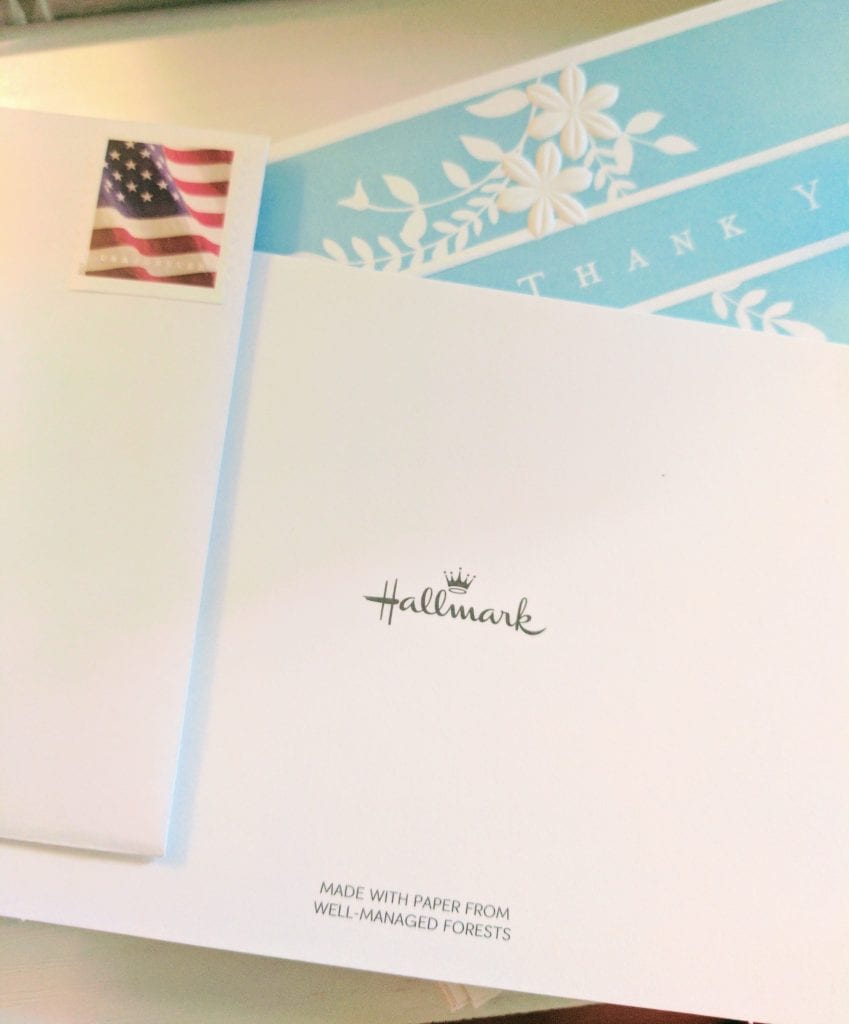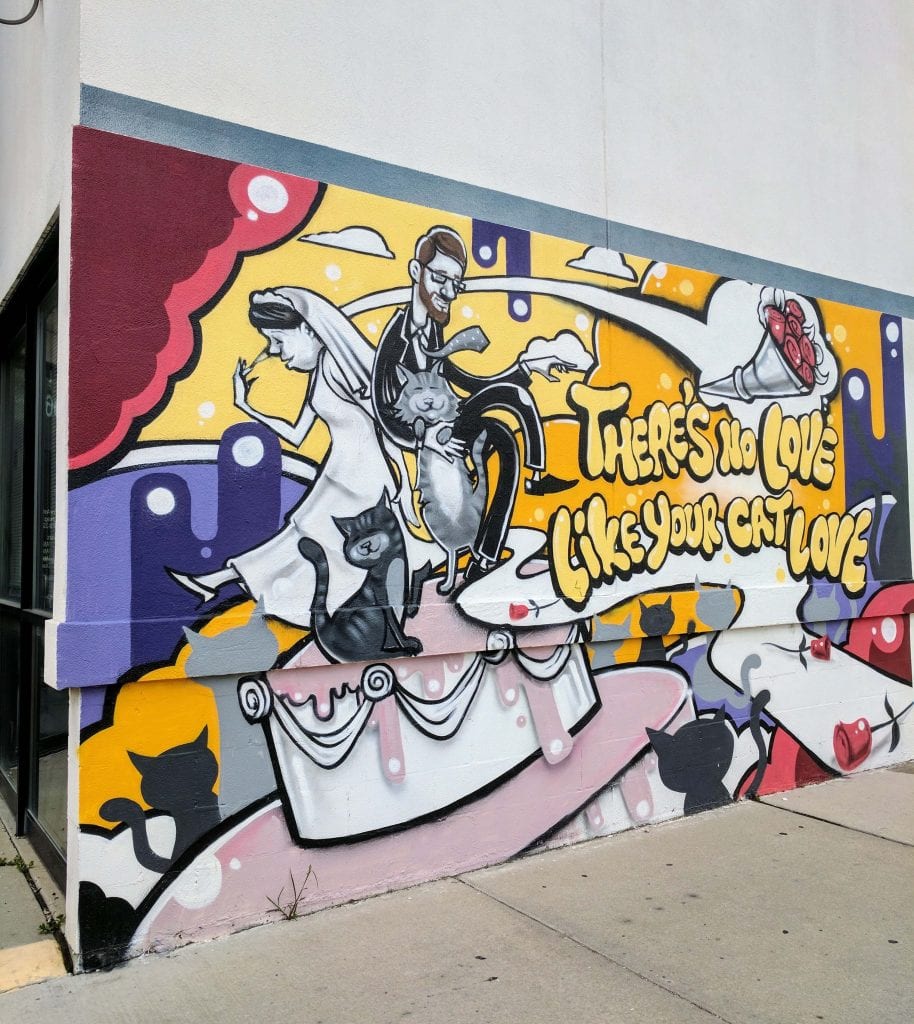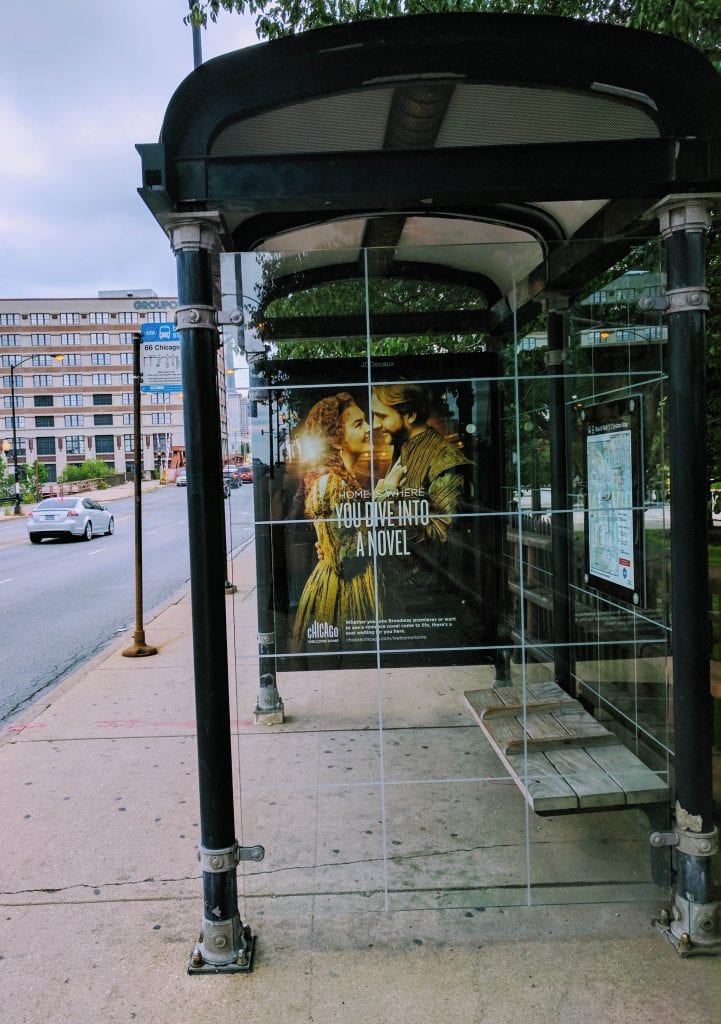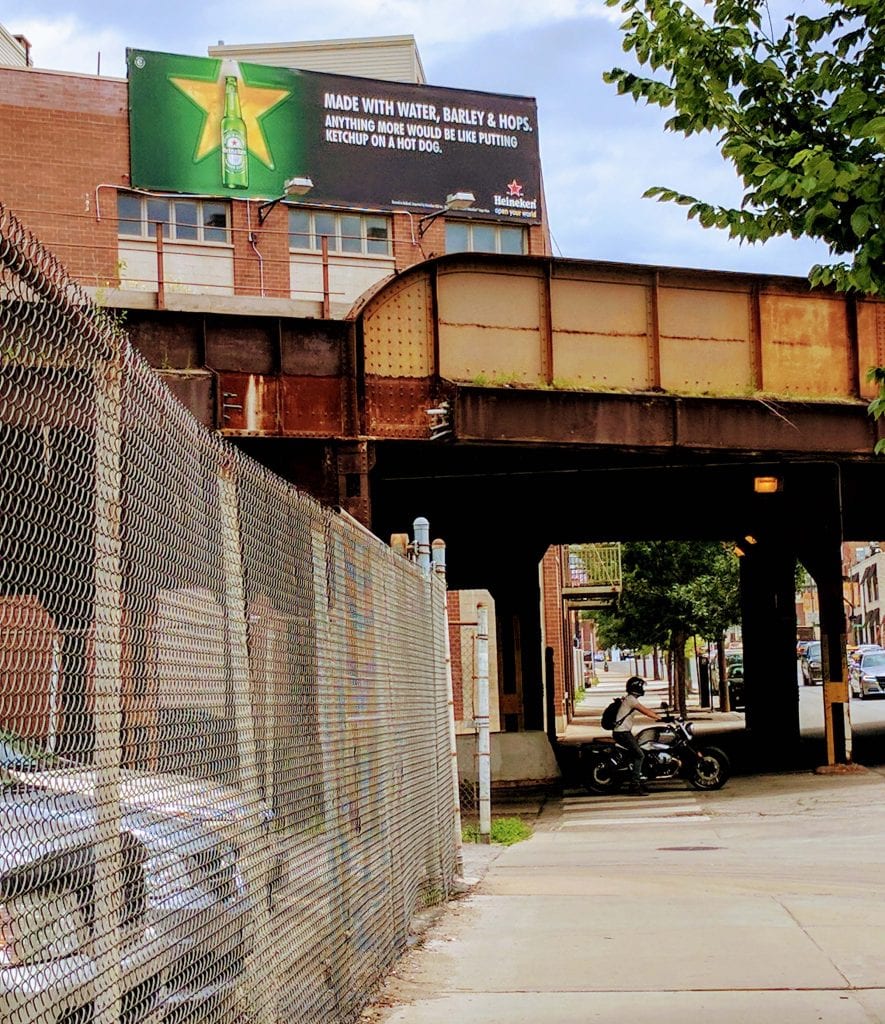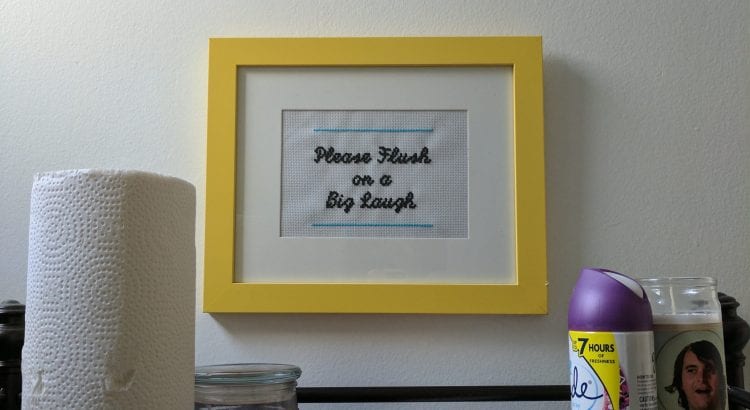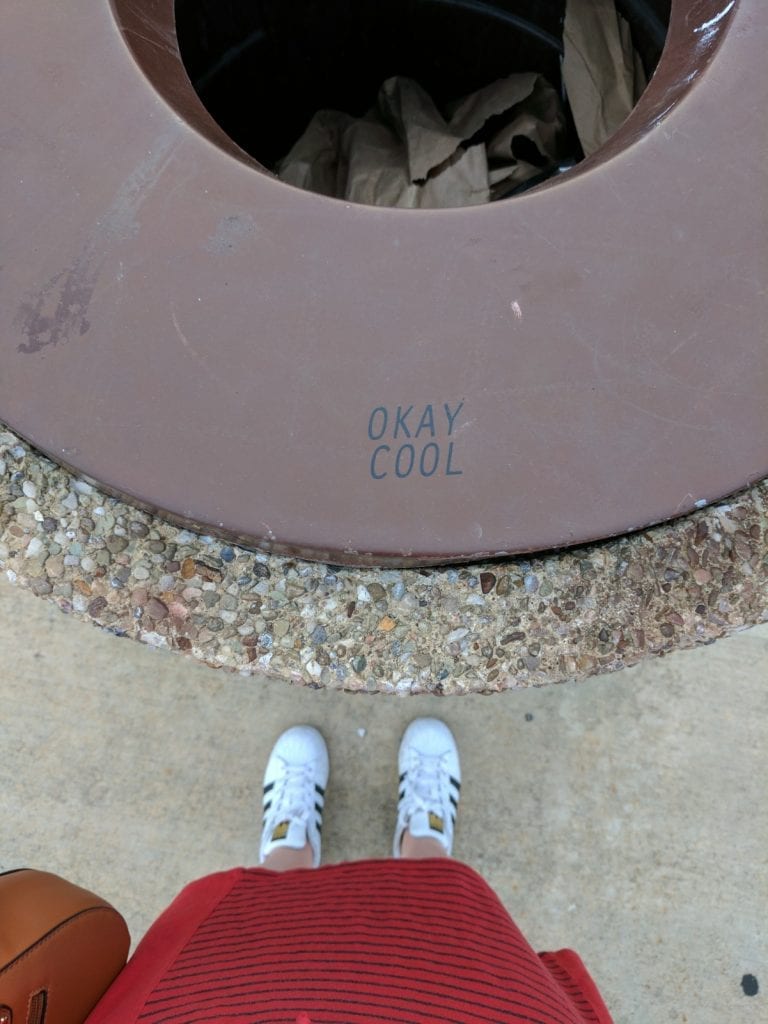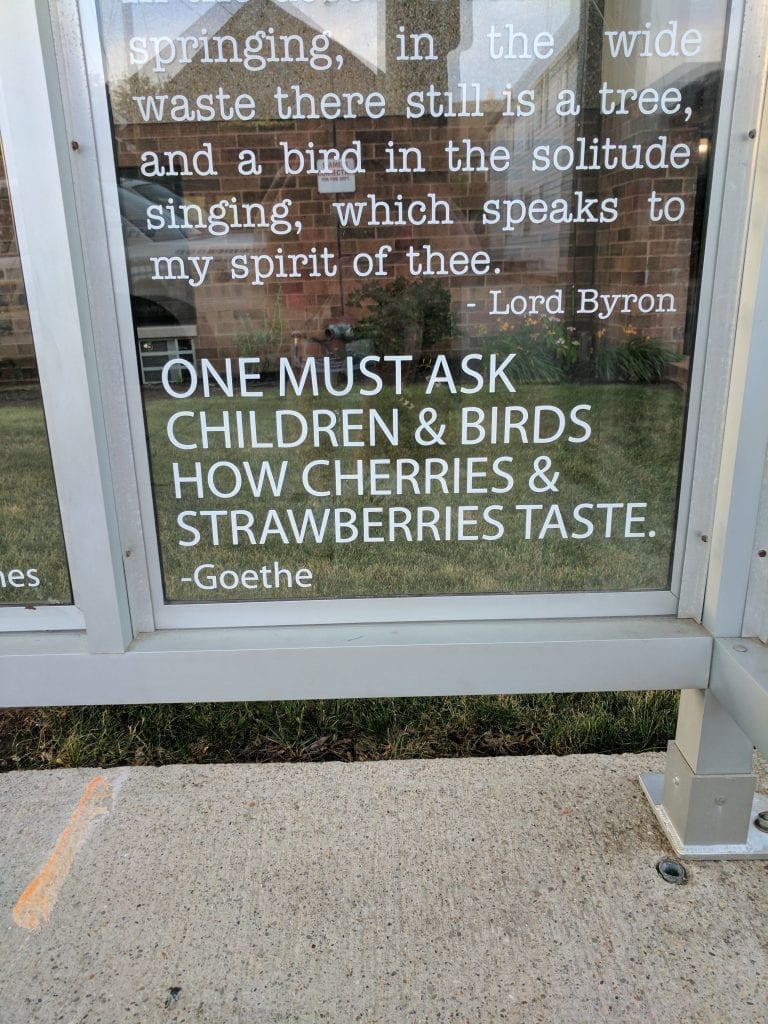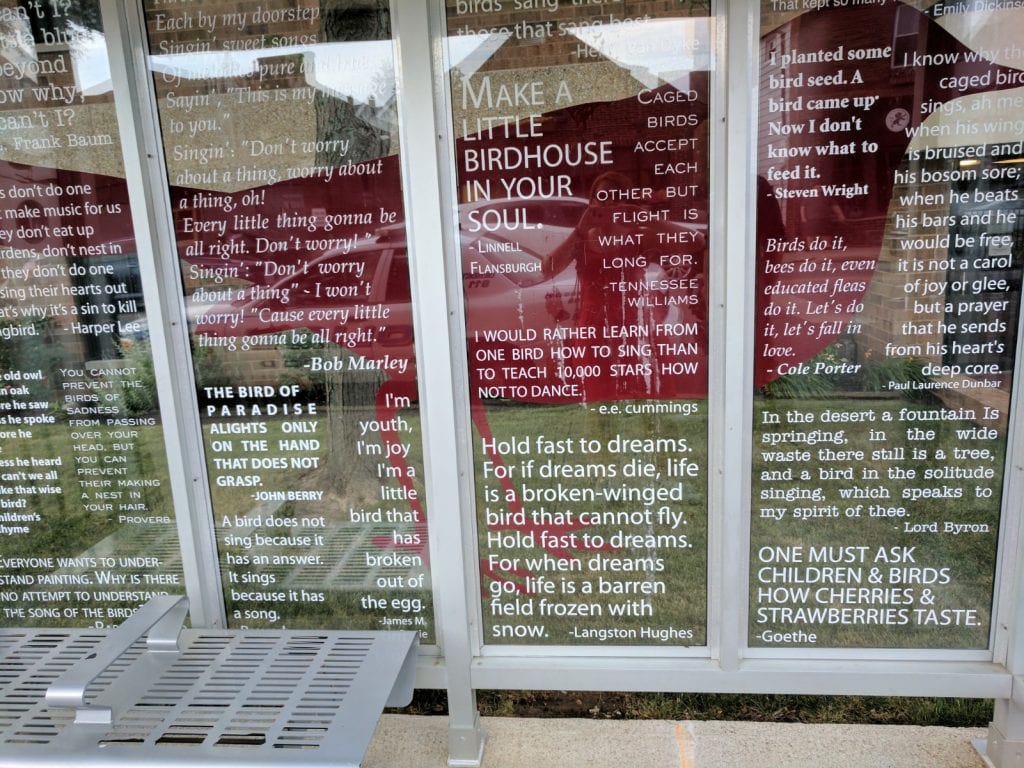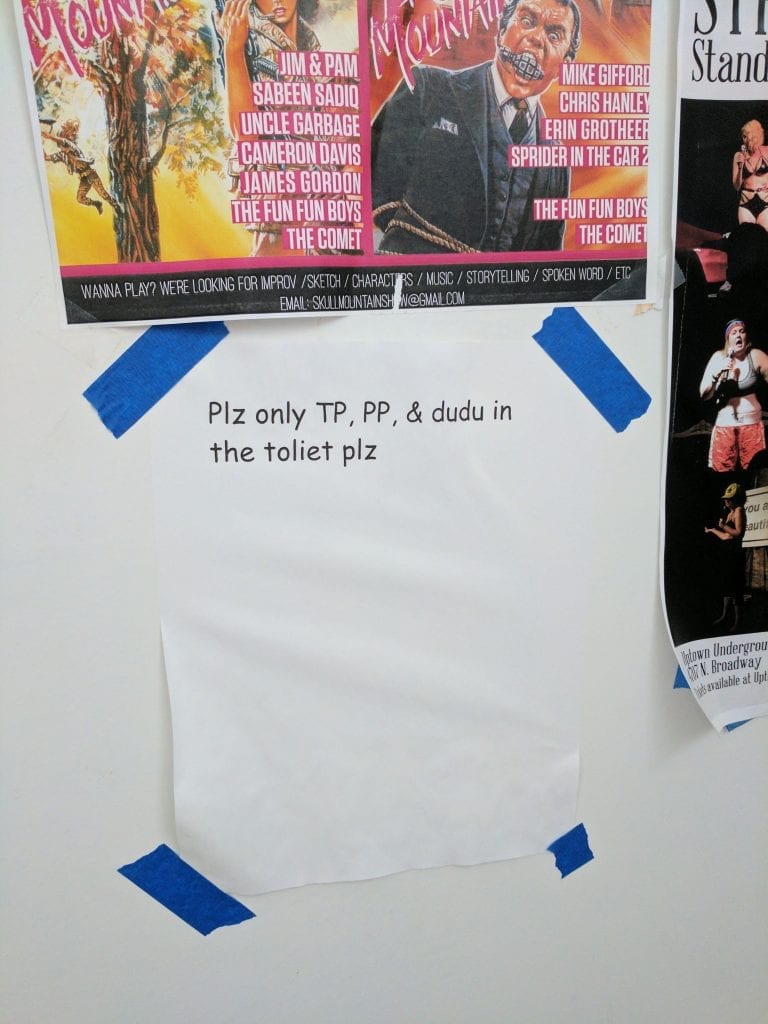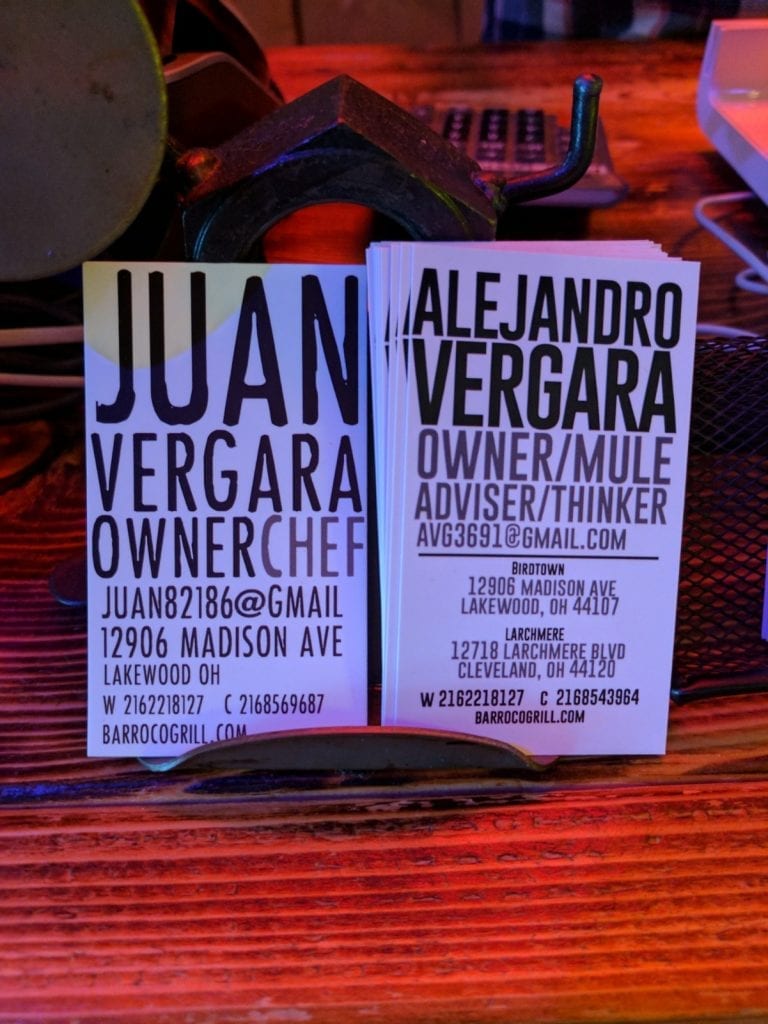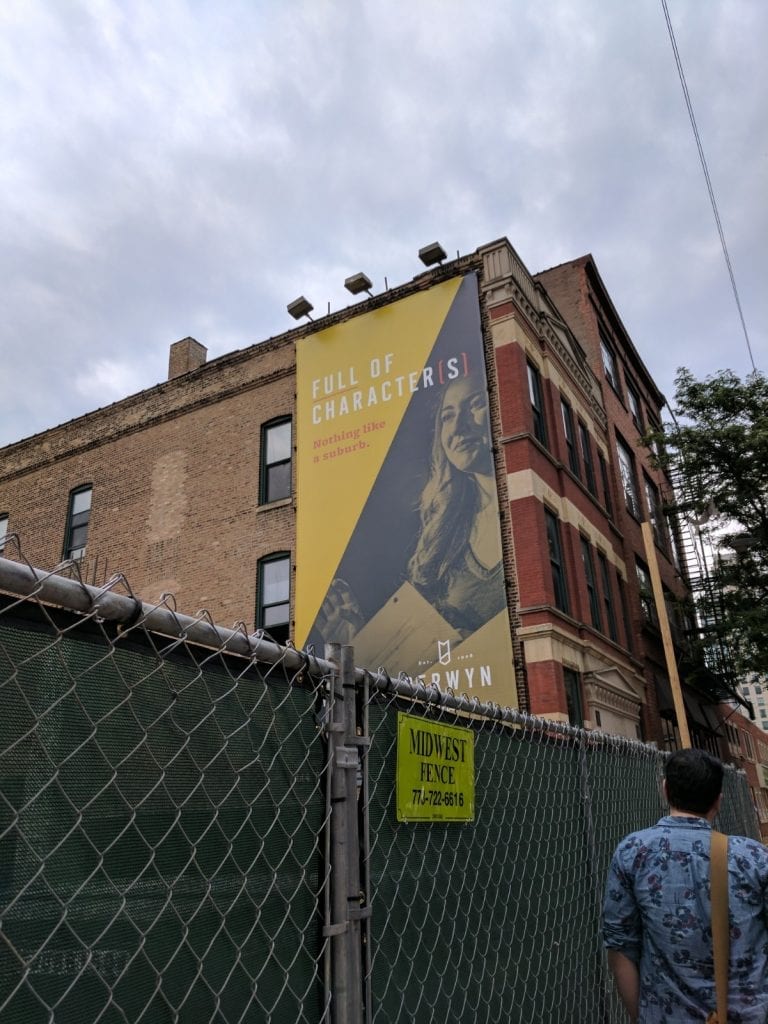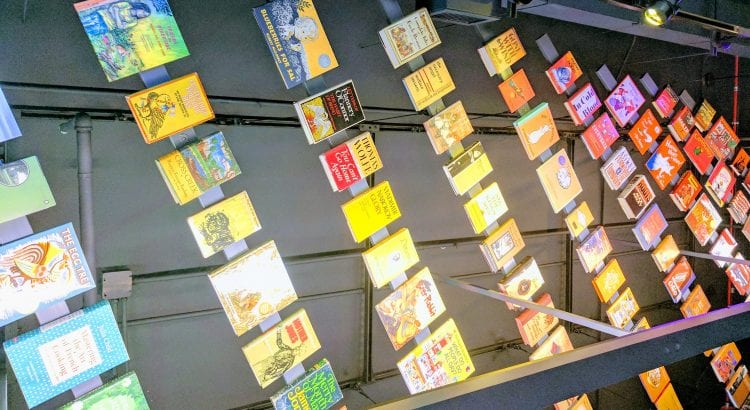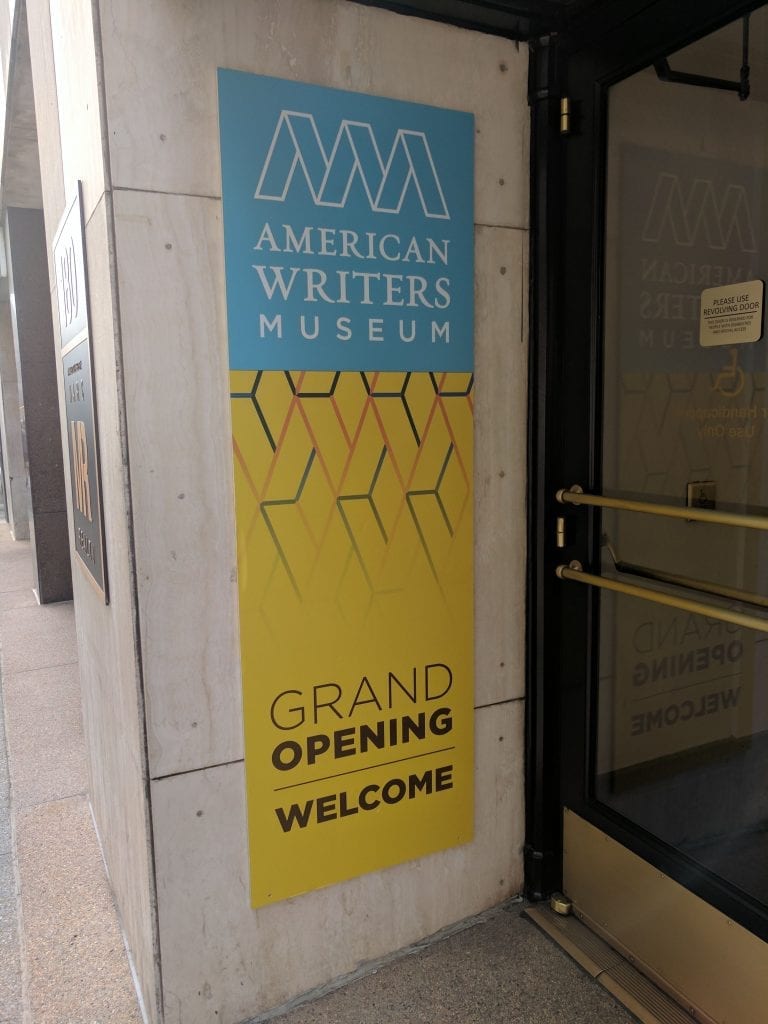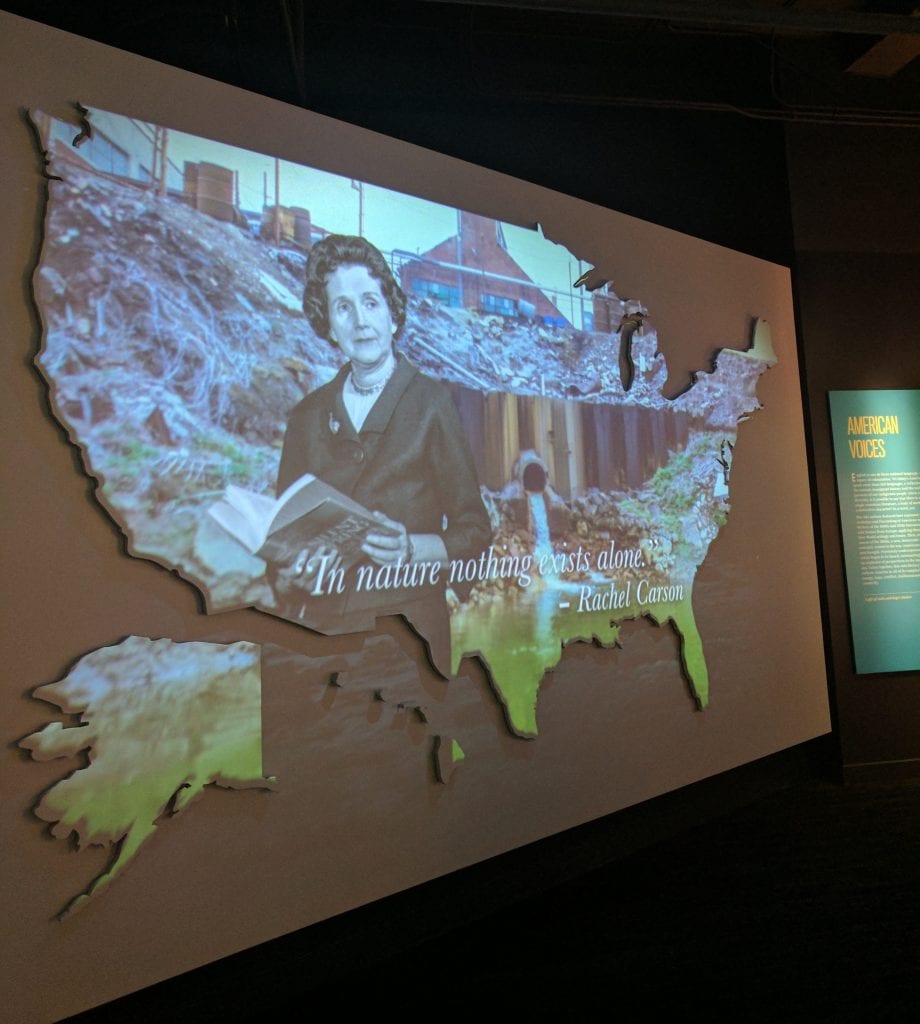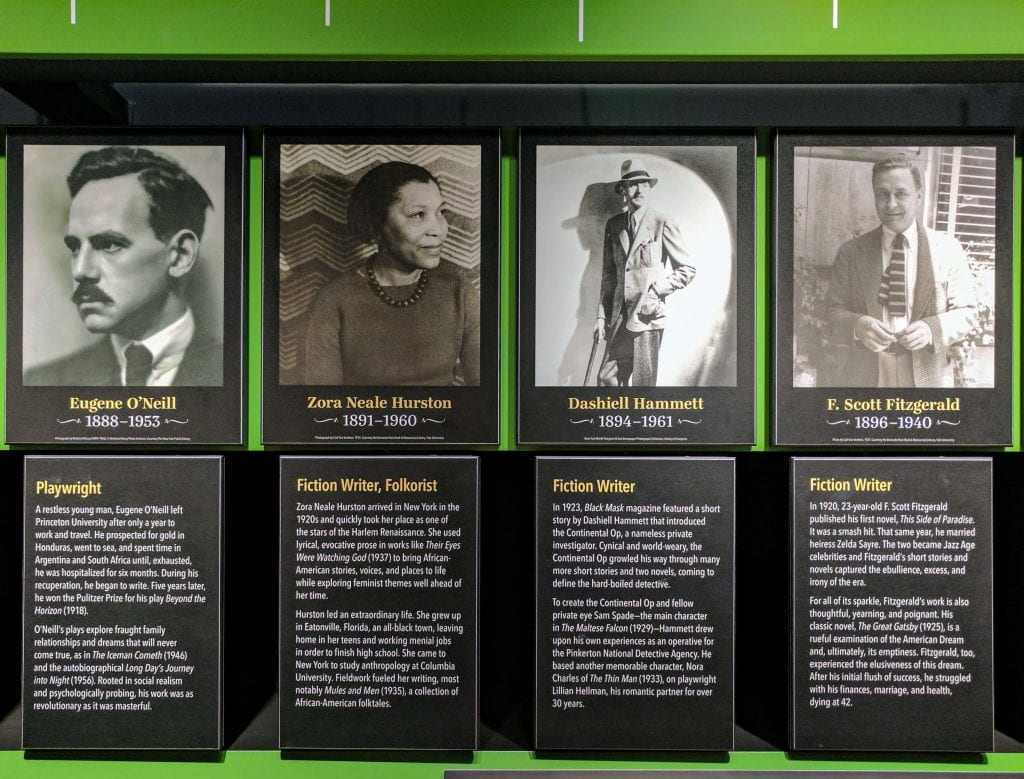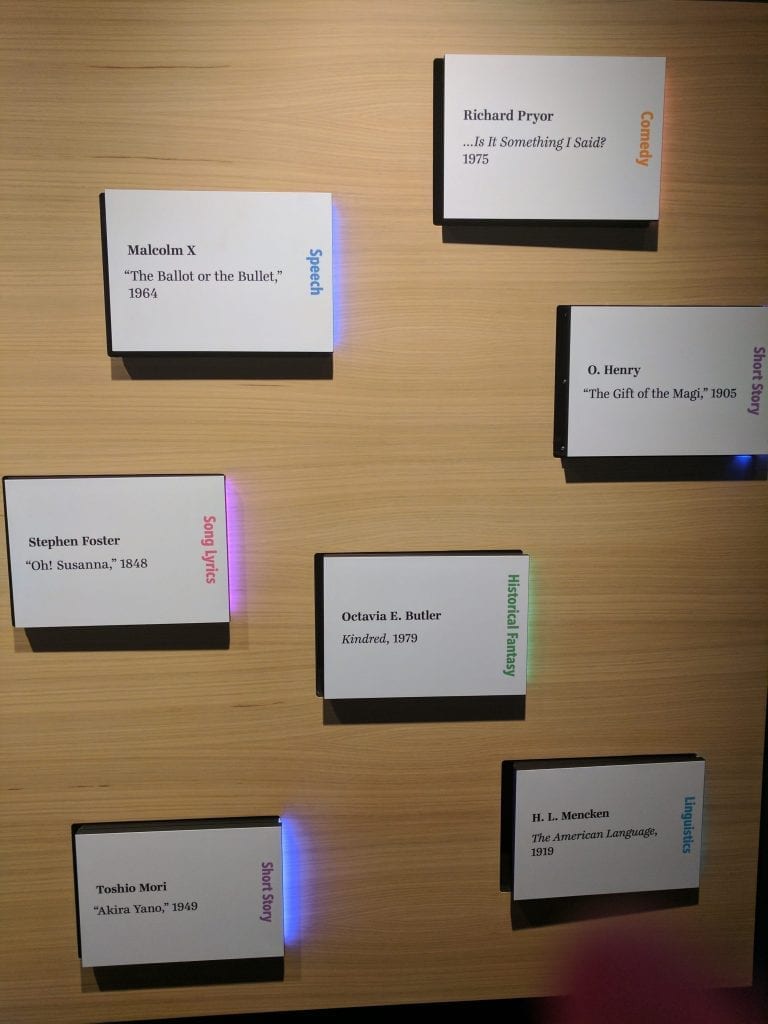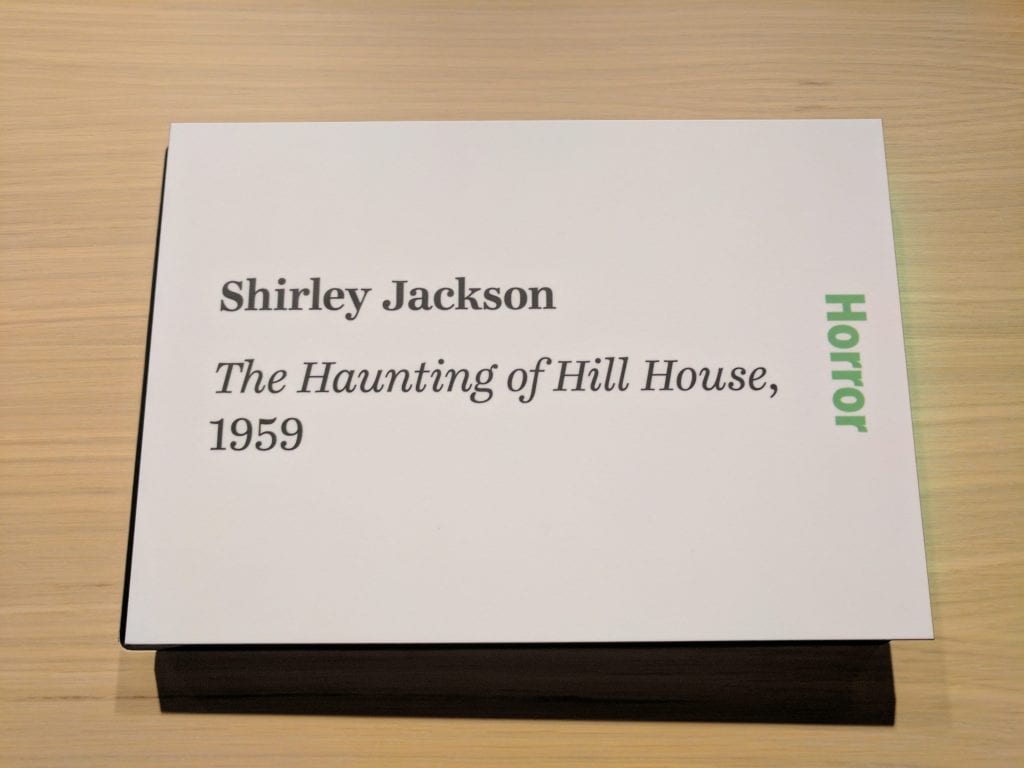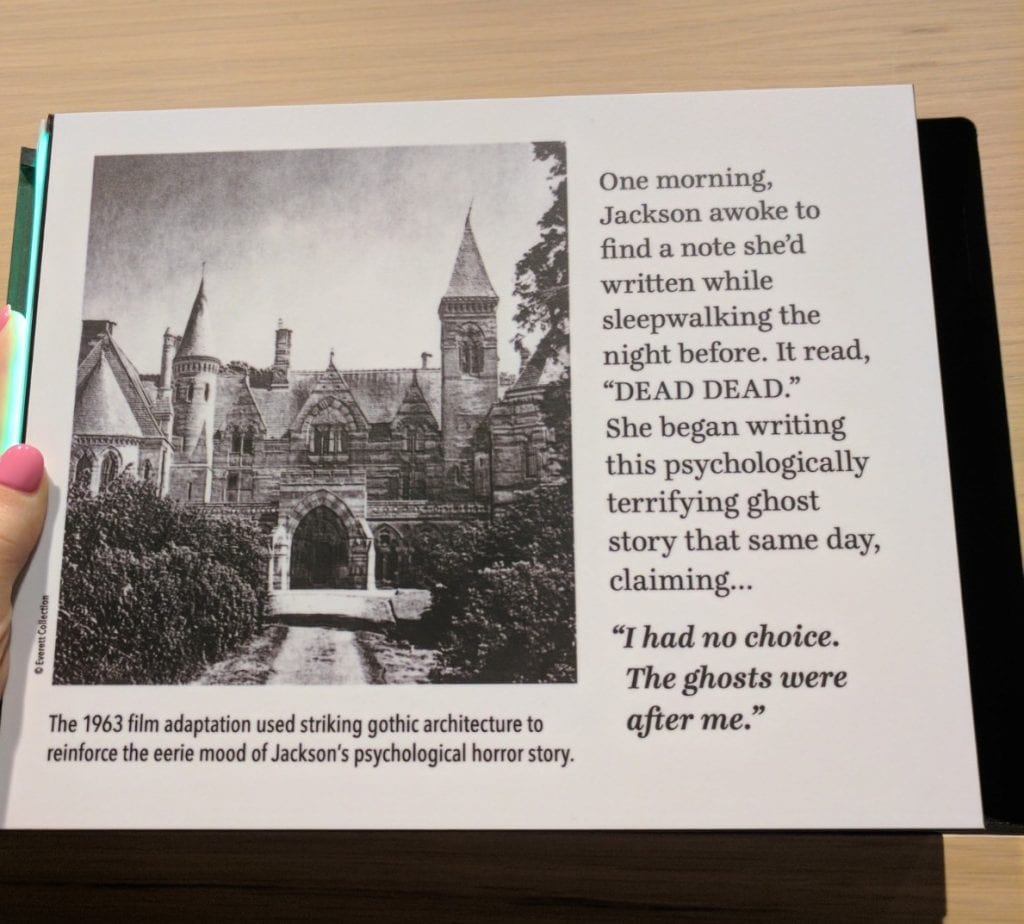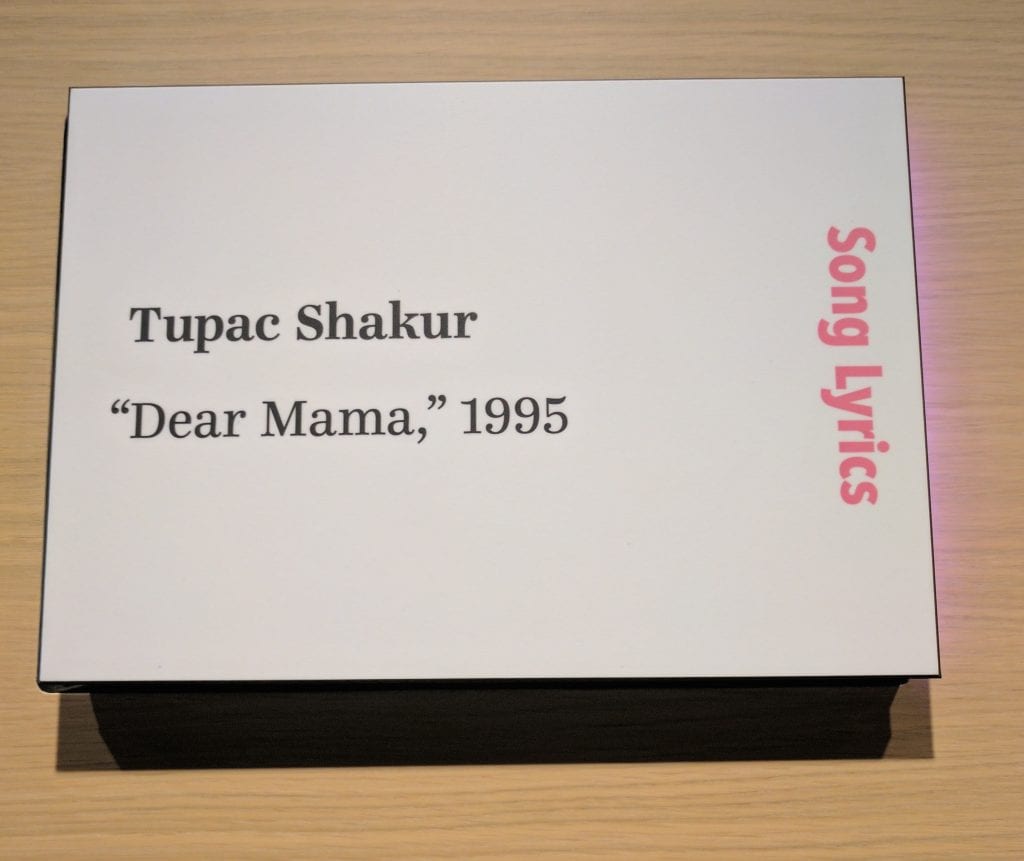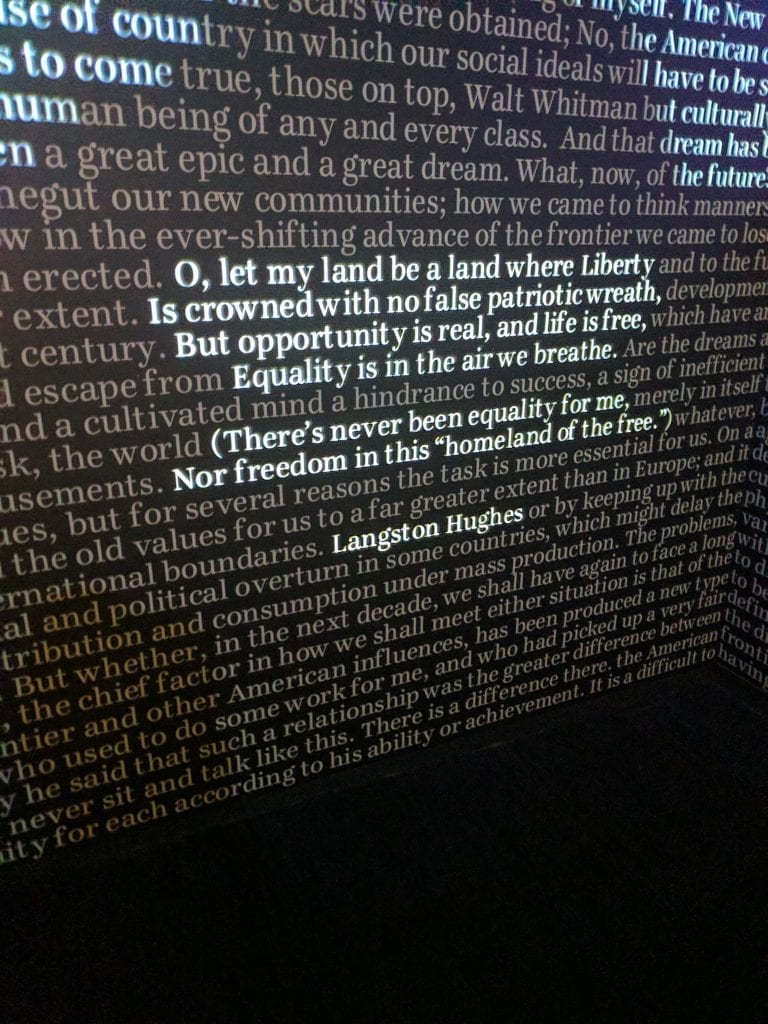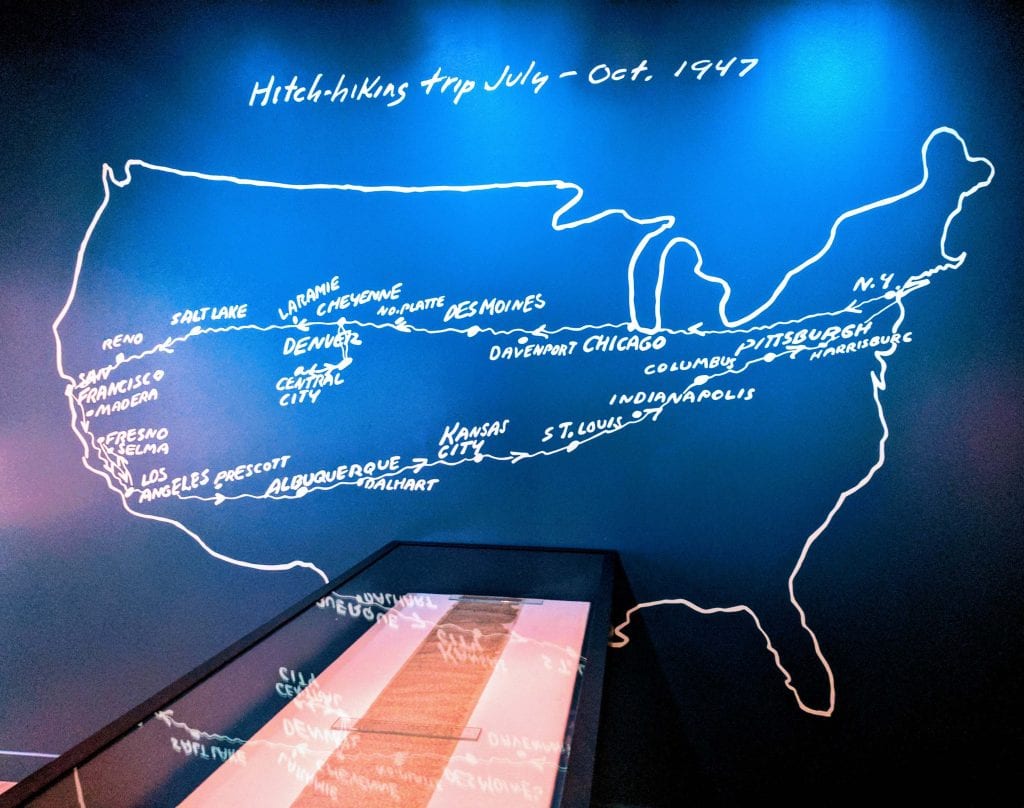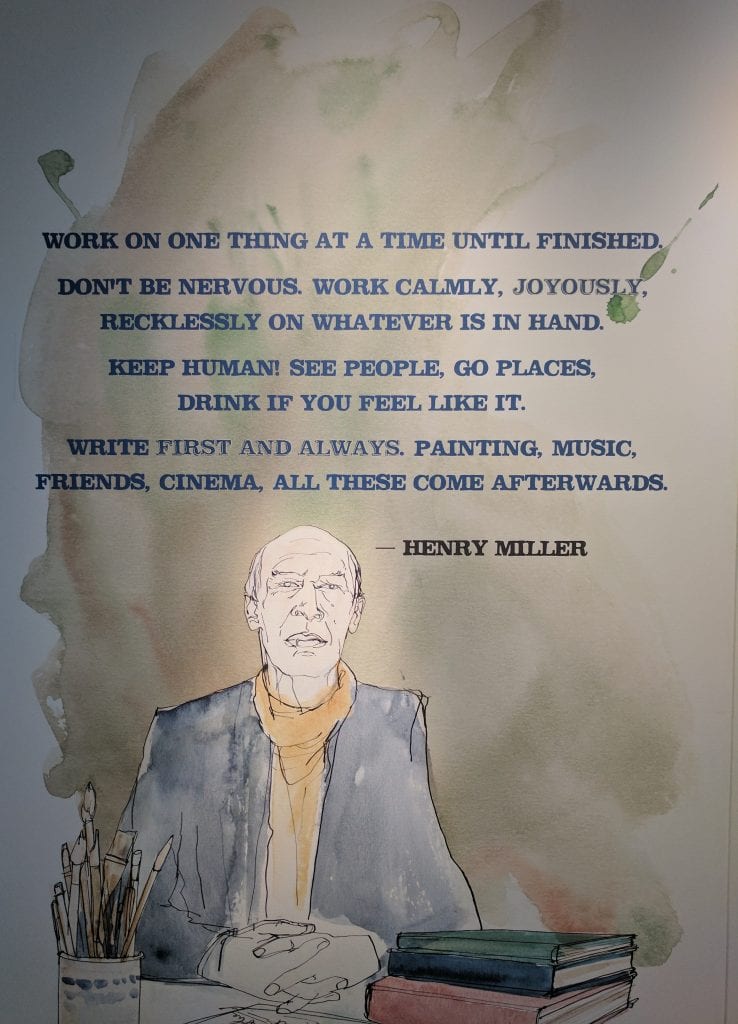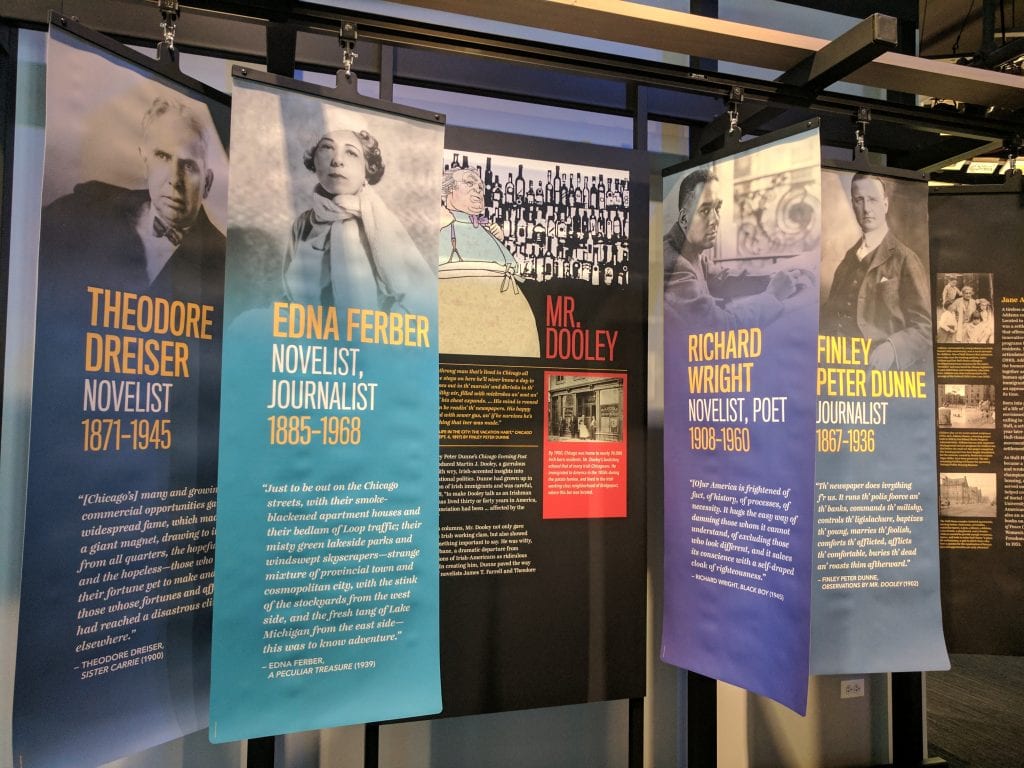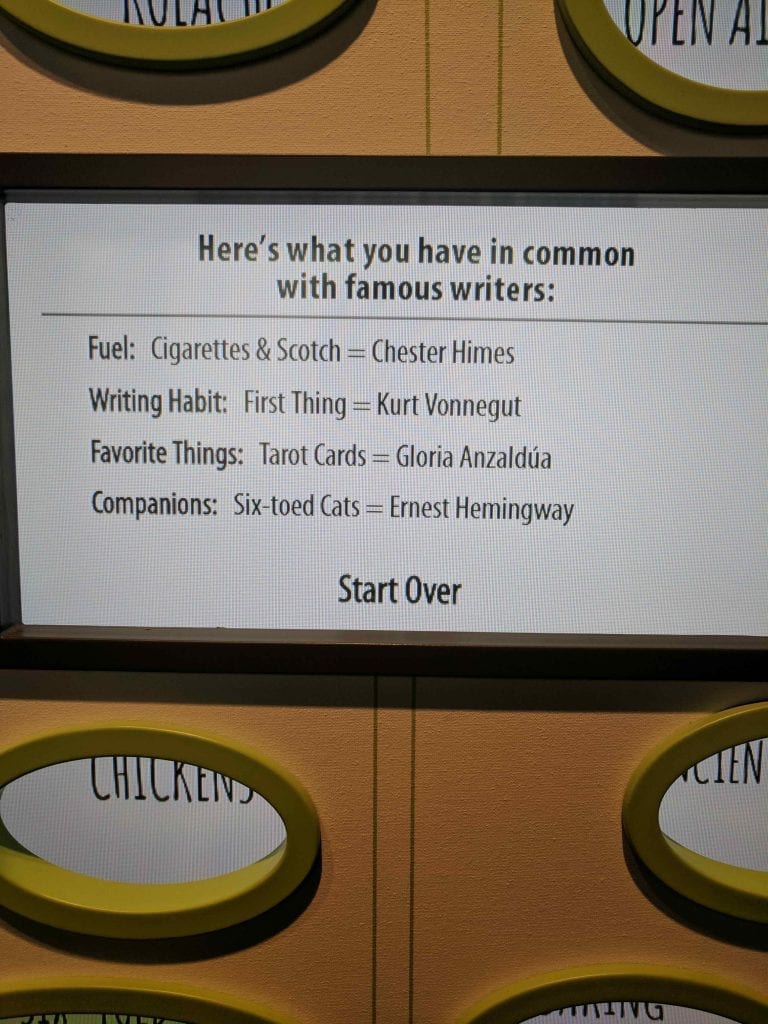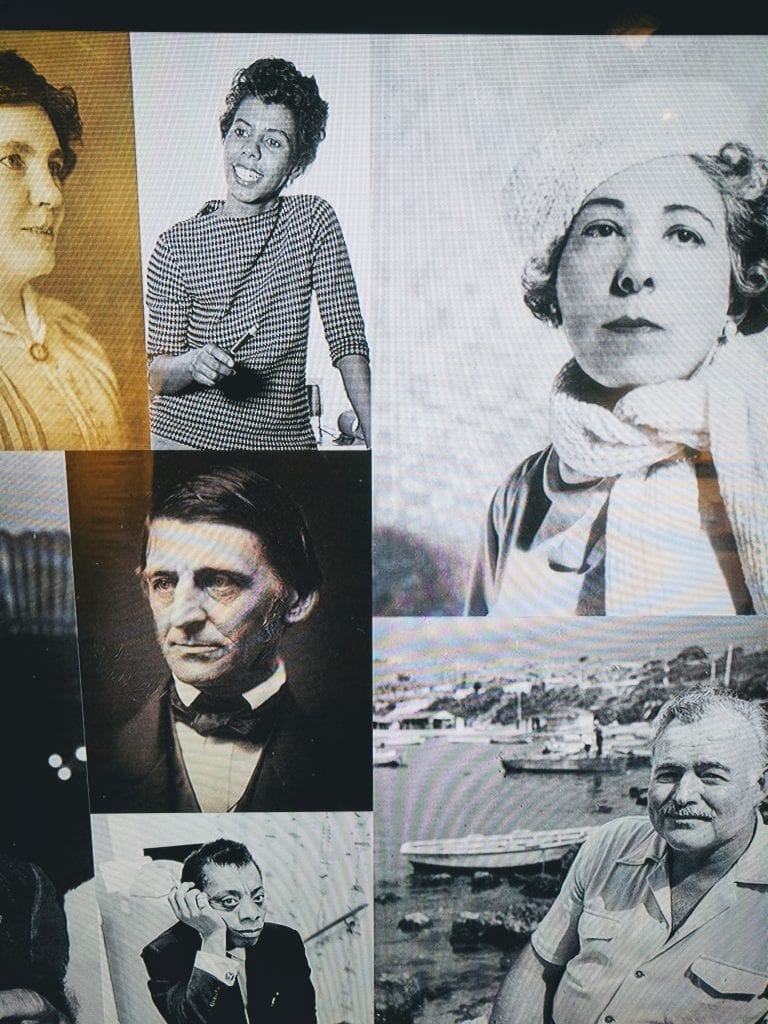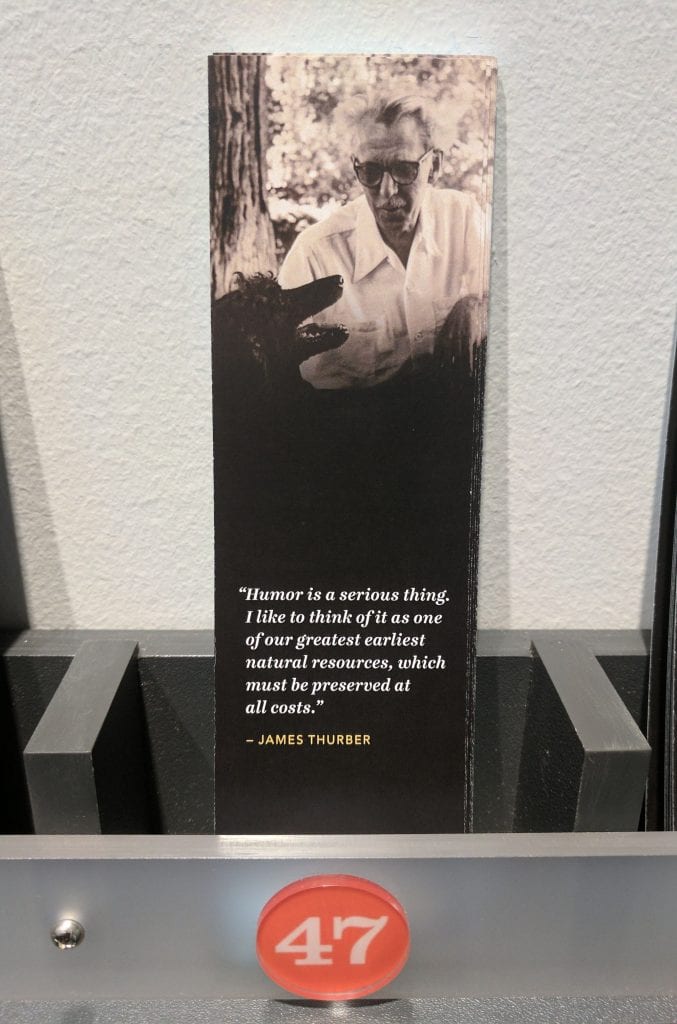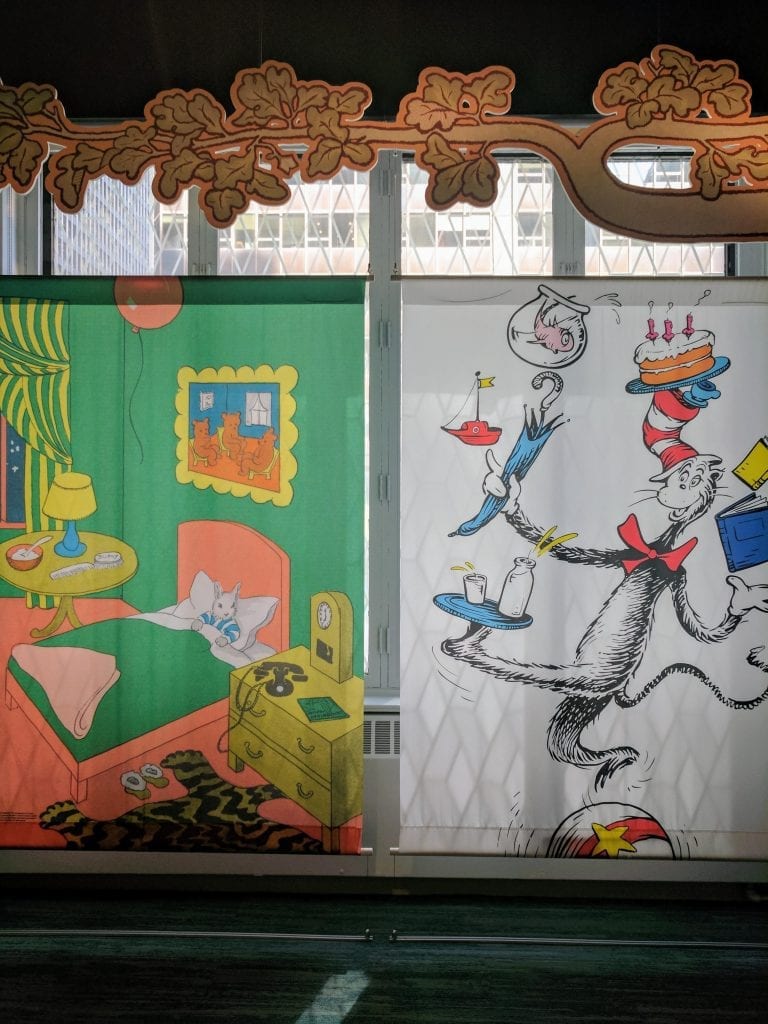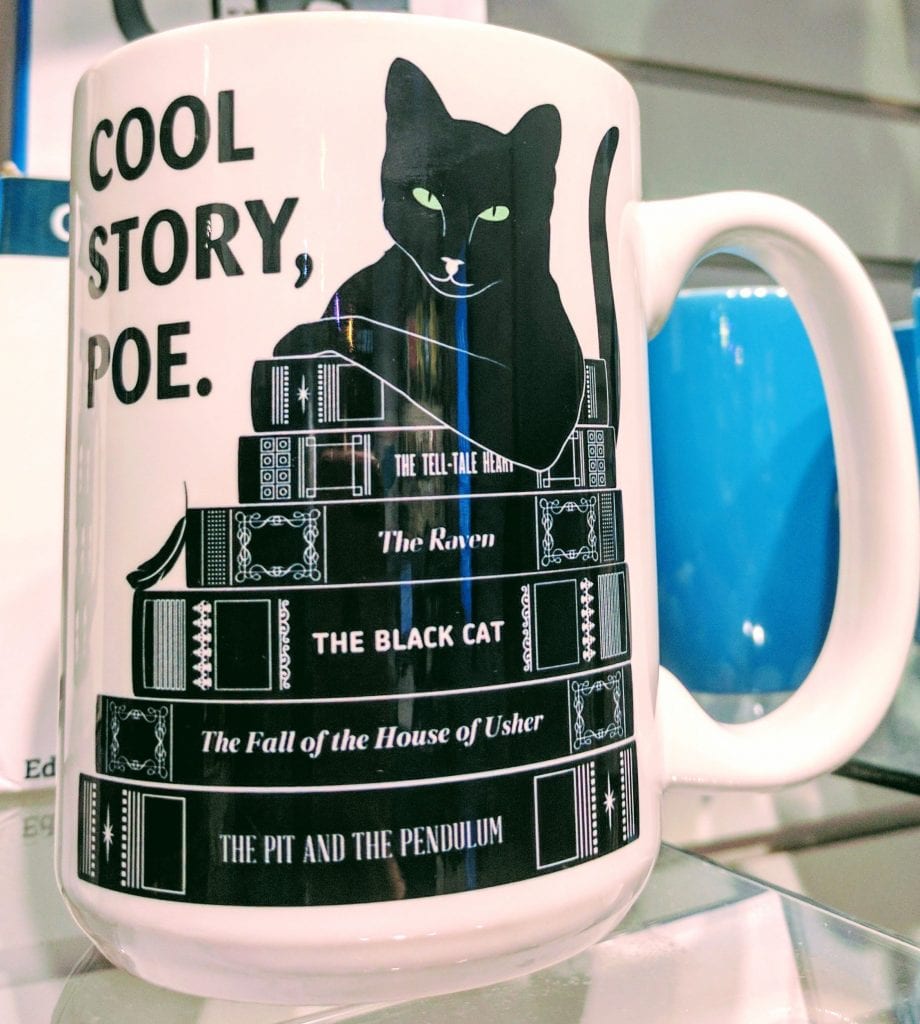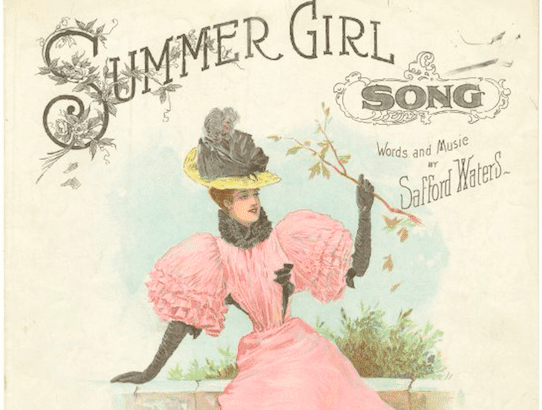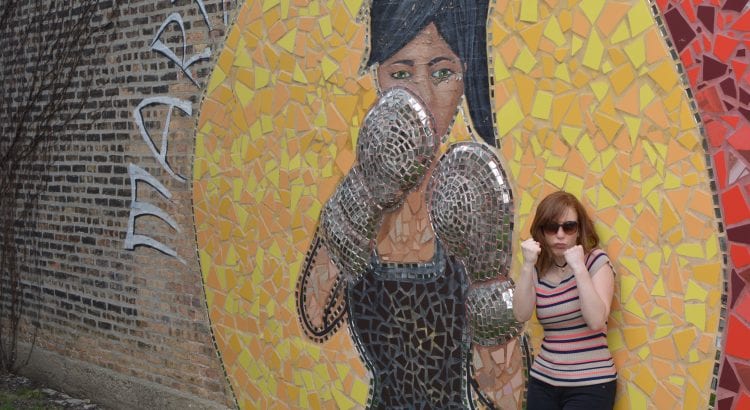Books
Oh, writers. My favorite kind of people. They’re the best at describing what love looks like, tastes like, feels like, even when they fail at keeping it — and those keenly sensitive types often fail at keeping it — because they’re so observant, so prone to seeing the world, and thus love, in a new way and describing it like only they can. Their gifts are our worth more than a mine drowning in wedding diamonds.
“A Farewell to Arms” by Ernest Hemingway, 1929
At night, there was the feeling that we had come home, feeling no longer alone, waking in the night to find the other one there, and not gone away; all other things were unreal. We slept when we were tired and if we woke the other one woke too so one was not alone. Often a man wishes to be alone and a woman wishes to be alone too and if they love each other they are jealous of that in each other, but I can truly say we never felt that.
We could feel alone when we were together, alone against the others. We were never lonely and never afraid when we were together.
Comedy sets
I also have a weak spot for comedians. I’m marrying one. Comedians are like writers but harder and rawer around the edges (a nice balance for a writerly softie like me). But underlying their calloused scorn is always, always something deeper than the rest of us would be willing to journey down. The greats make you laugh because they understand something you haven’t seen or thought about yet. They’re ten steps ahead of you, of all of us, in putting it in words. And their brilliance is making you laugh at something so very real and, sometimes, find hope in a place so terribly dark. Just like love.
“It’s just a ride” by Bill Hicks, 1993
The world is like a ride in an amusement park, and when you choose to go on it you think it’s real because that’s how powerful our minds are.
The ride goes up and down, around and around, it has thrills and chills, and it’s very brightly colored, and it’s very loud, and it’s fun for a while. Many people have been on the ride a long time, and they begin to wonder, “Hey, is this real, or is this just a ride?”
And other people have remembered, and they come back to us and say, “Hey, don’t worry; don’t be afraid, ever, because this is just a ride.”
And we … kill those people.
“Shut him up! I’ve got a lot invested in this ride, shut him up! Look at my furrows of worry, look at my big bank account, and my family. This has to be real.”
It’s just a ride.
But we always kill the good guys who try and tell us that, you ever notice that? And let the demons run amok … But it doesn’t matter, because it’s just a ride.
And we can change it any time we want. It’s only a choice. No effort, no work, no job, no savings of money. Just a simple choice, right now…
Between fear and love.
The eyes of fear want you to put bigger locks on your doors, buy guns, close yourself off. The eyes of love instead see all of us as one.
Here’s what we can do to change the world, right now, to a better ride. Take all that money we spend on weapons and defenses each year and instead spend it feeding and clothing and educating the poor of the world, which it would pay for many times over, not one human being excluded…
And we could explore space, together, both inner and outer, forever, in peace.
Song lyrics
Of course, the trick is picking one that can be read without immediately thinking of the melody. I can’t read aloud the lyrics to “Something,” one of the greatest love songs of all time, without putting on my best George Harrison voice by the second verse. “Into My Arms” is perfect. All poetry and longing limbs outstretched, doubt in God but faith in love. That’s as non-traditional as they come.
“Into My Arms” by Nick Cave & The Bad Seeds, 1997
I don’t believe in an interventionist God
But I know, darling, that you do
But if I did I would kneel down and ask Him
Not to intervene when it came to you
Not to touch a hair on your head
To leave you as you are
And if He felt He had to direct you
Then direct you into my armsInto my arms, O Lord
Into my armsAnd I don’t believe in the existence of angels
But looking at you I wonder if that’s true
But if I did I would summon them together
And ask them to watch over you
To each burn a candle for you
To make bright and clear your path
And to walk, like Christ, in grace and love
And guide you into my armsInto my arms, O Lord
Into my armsBut I believe in love
And I know that you do too
And I believe in some kind of path
That we can walk down, me and you
So keep your candles burning
And make her journey bright and pure
That she will keep returning
Always and evermoreInto my arms, O Lord
Into my arms

